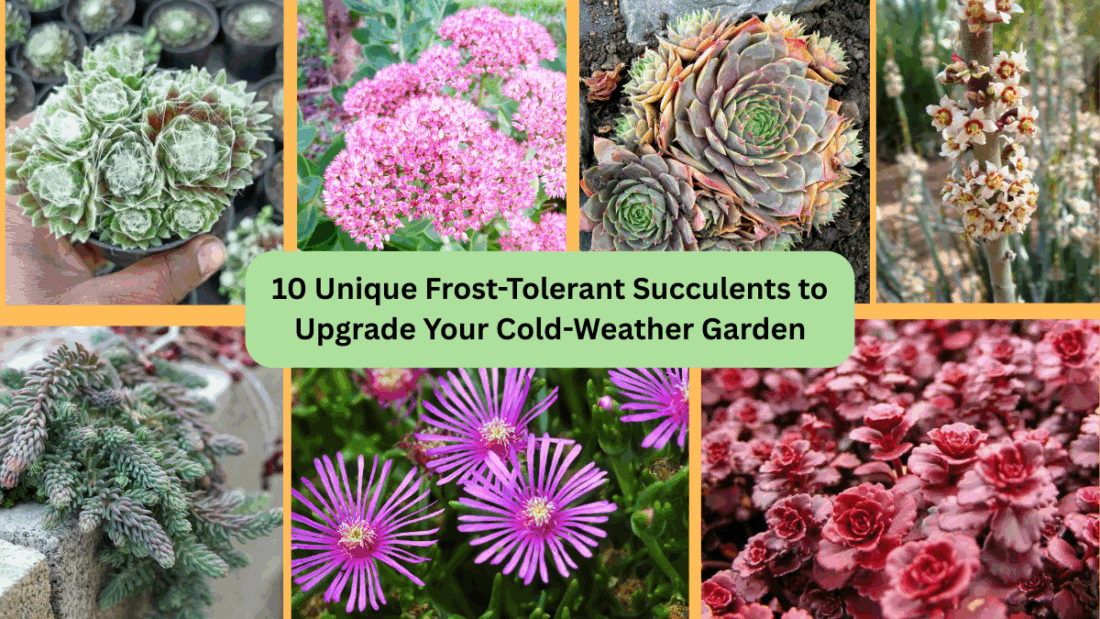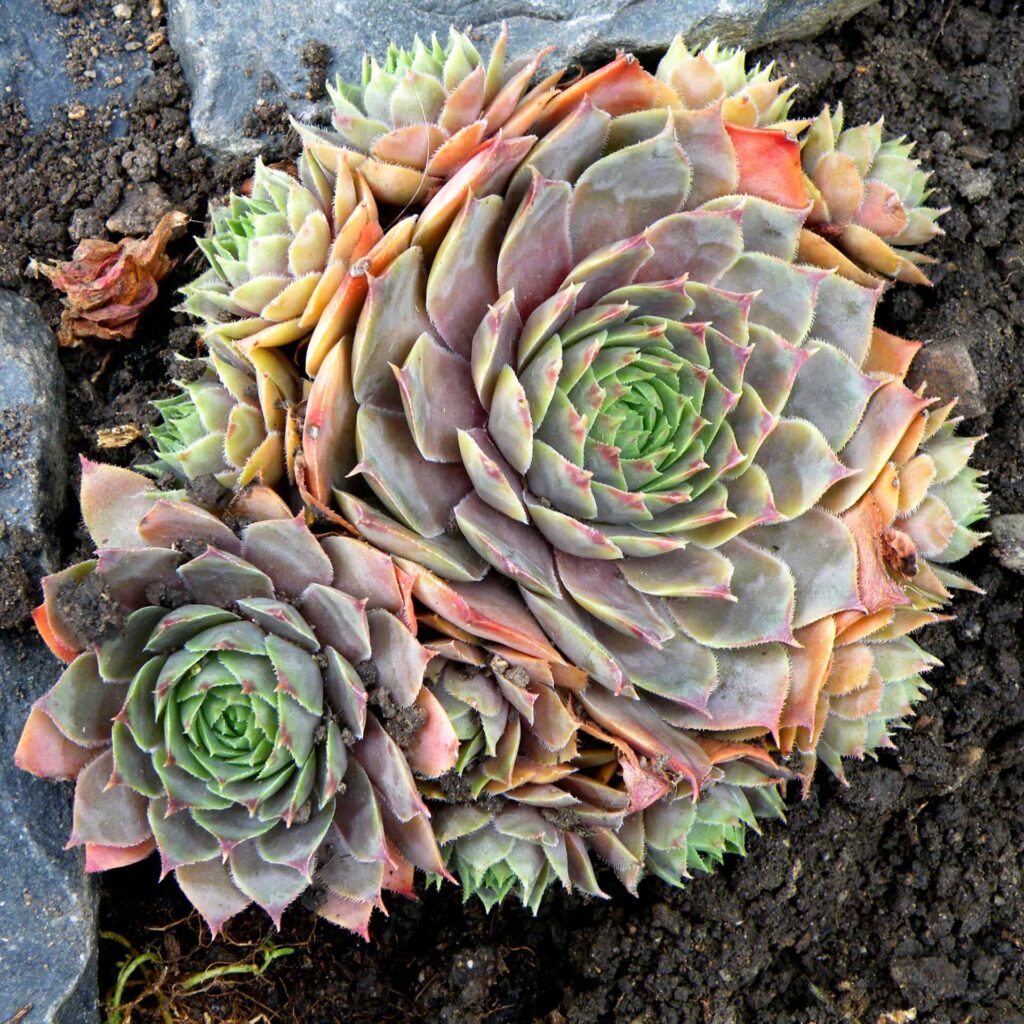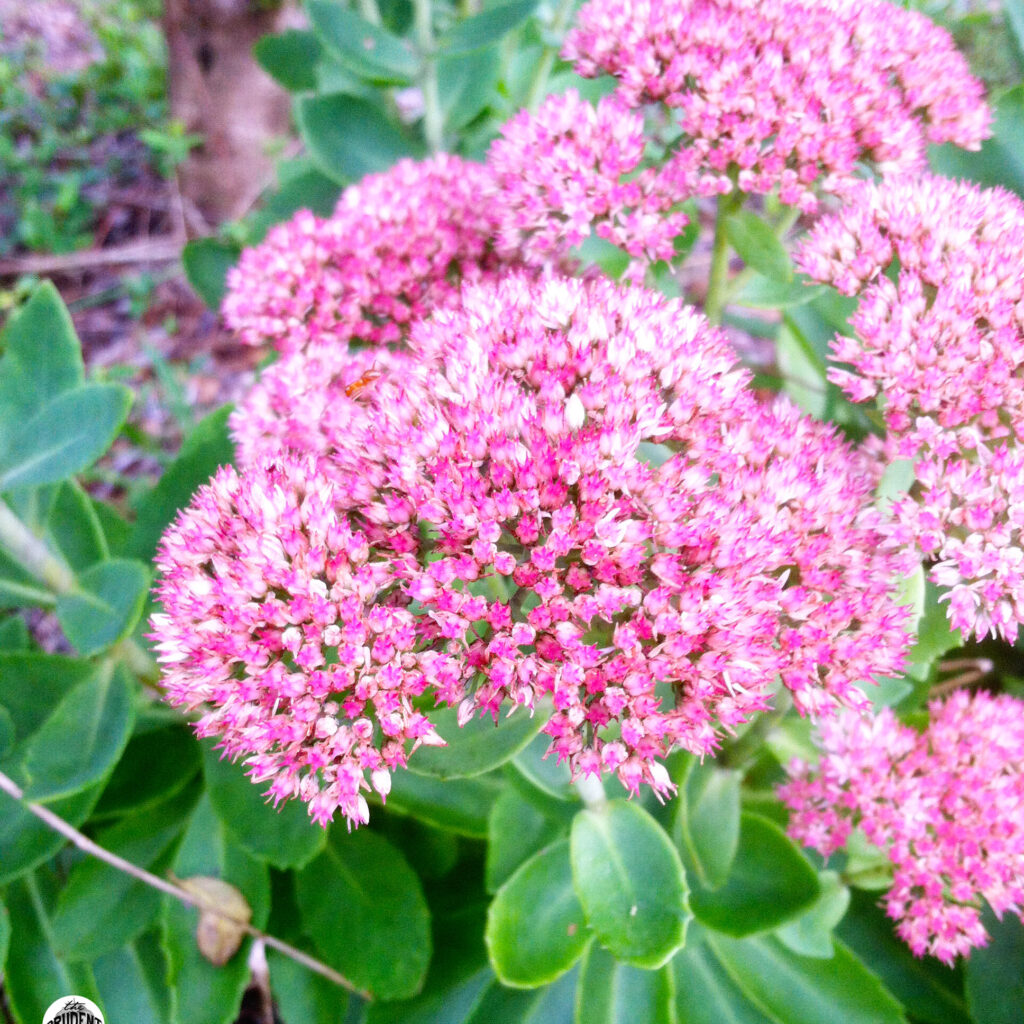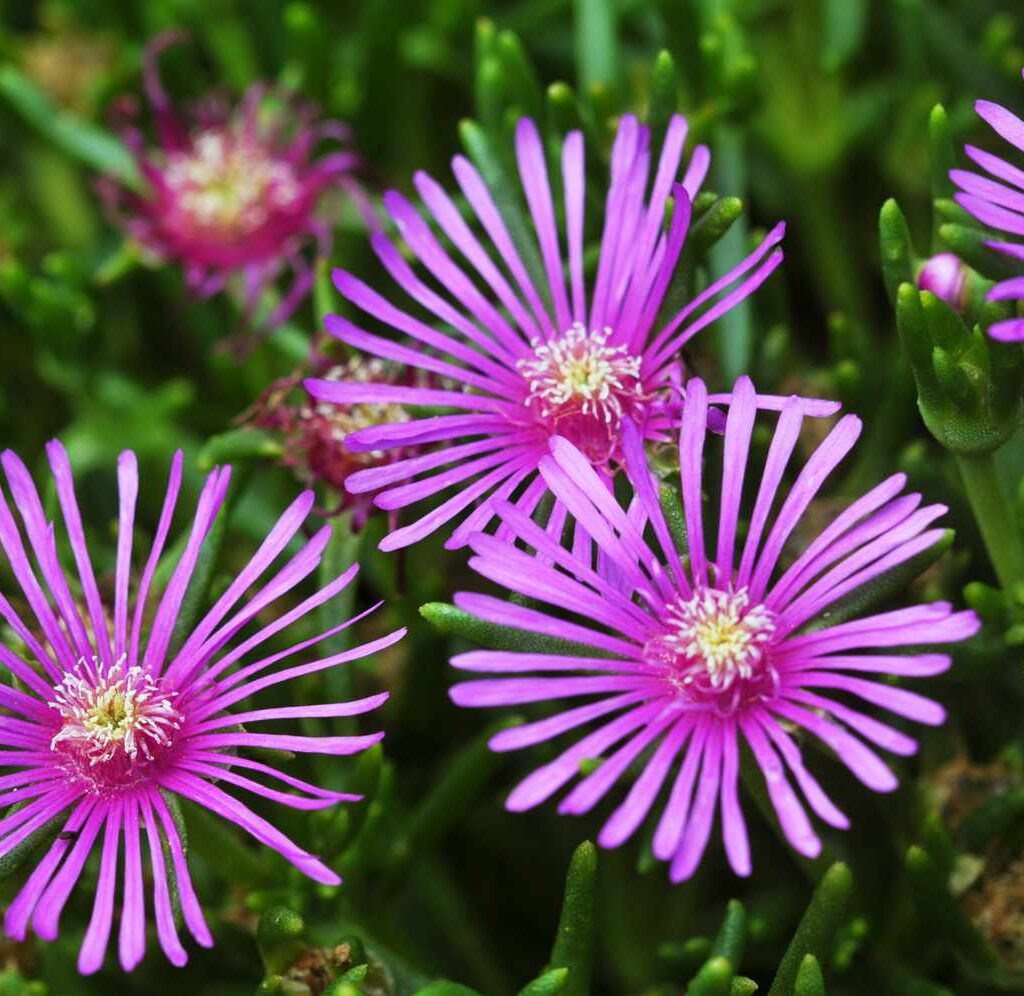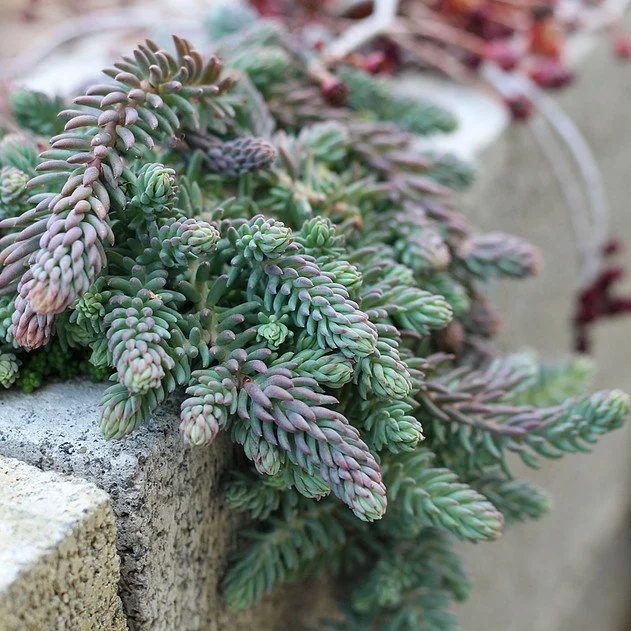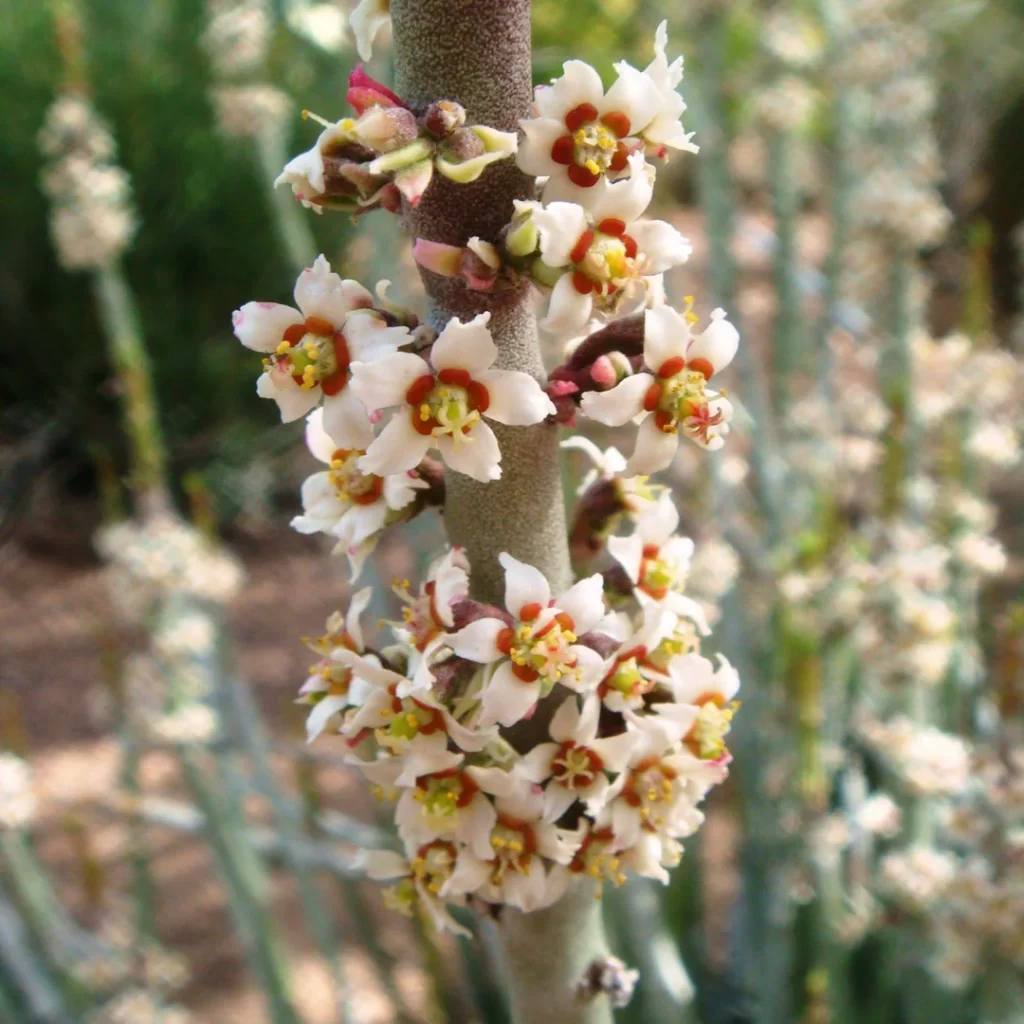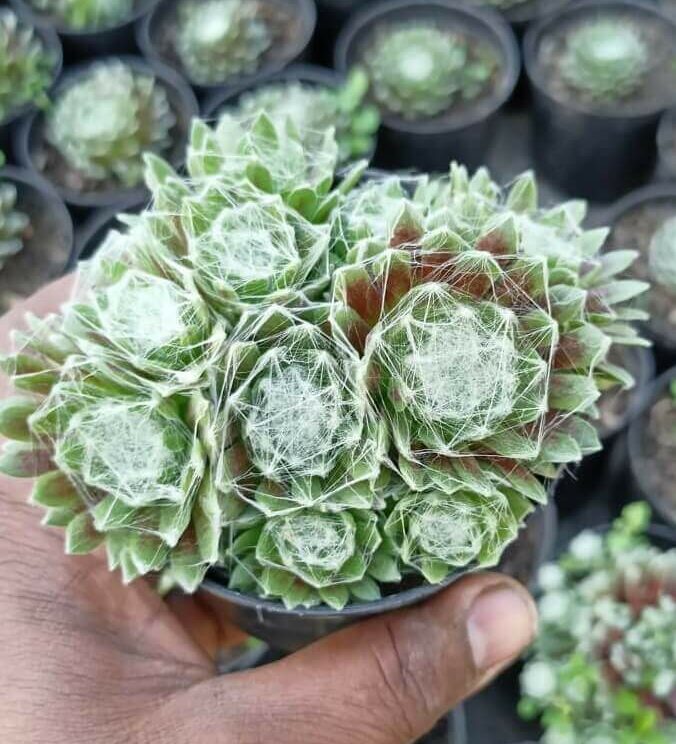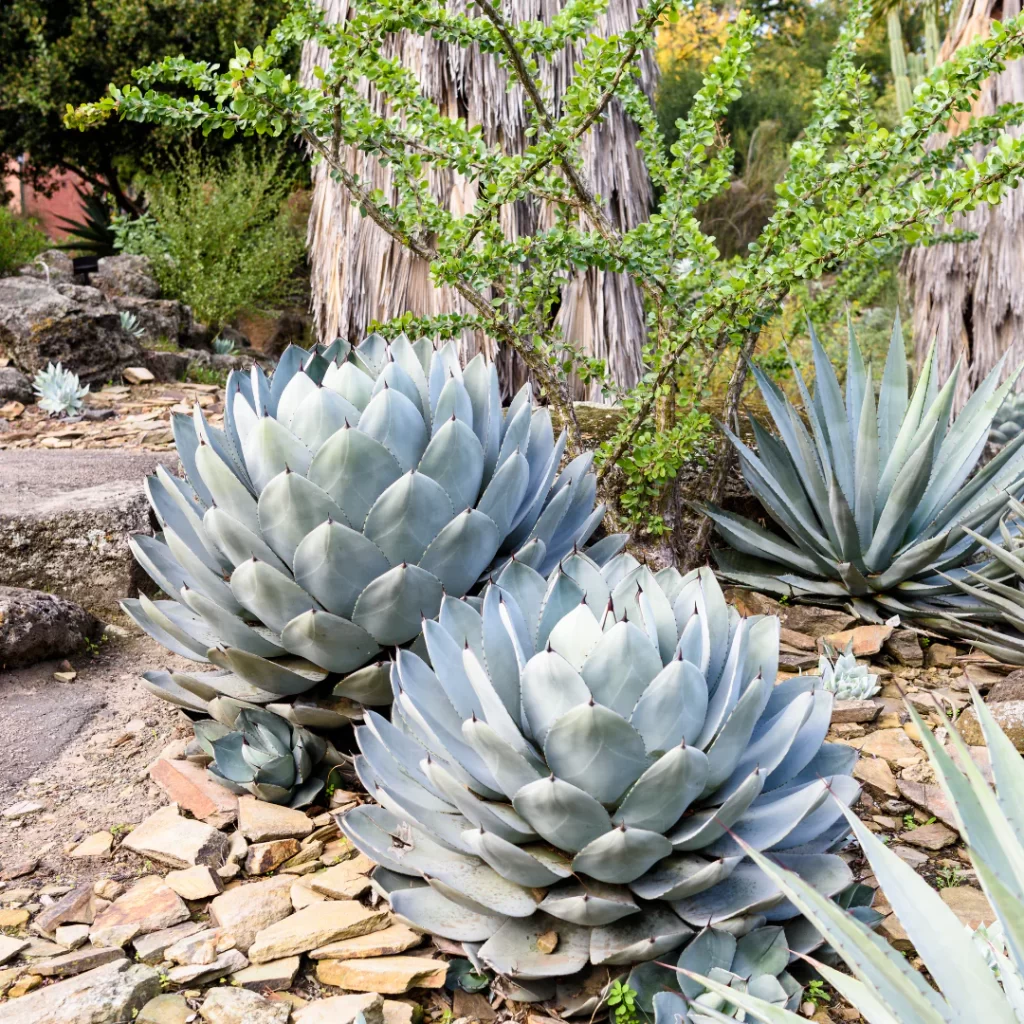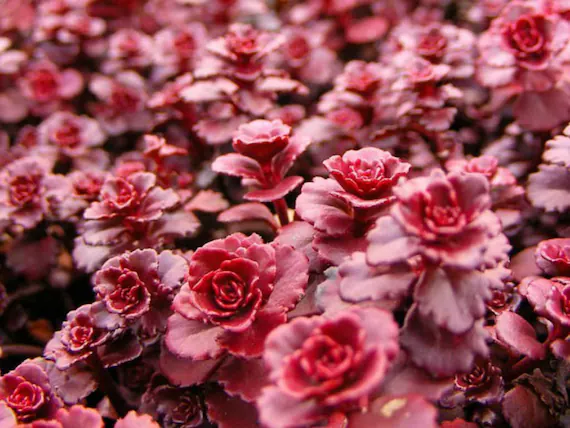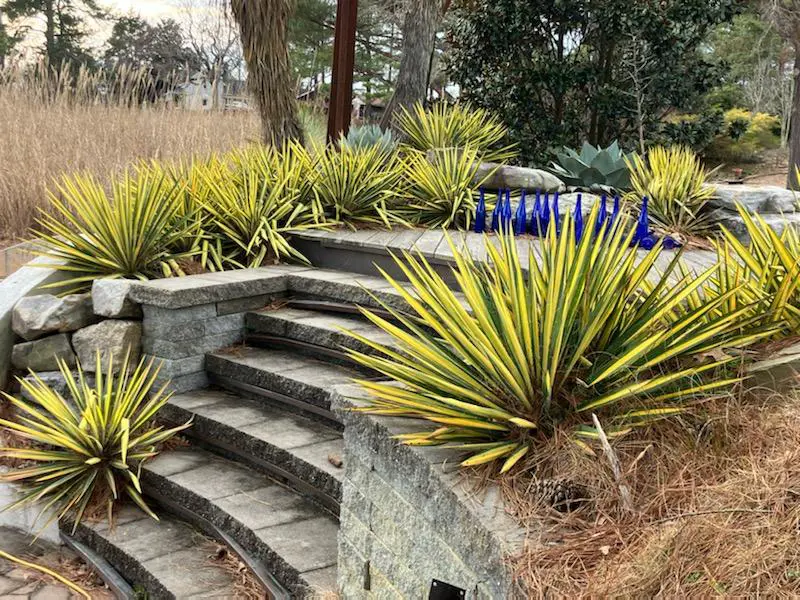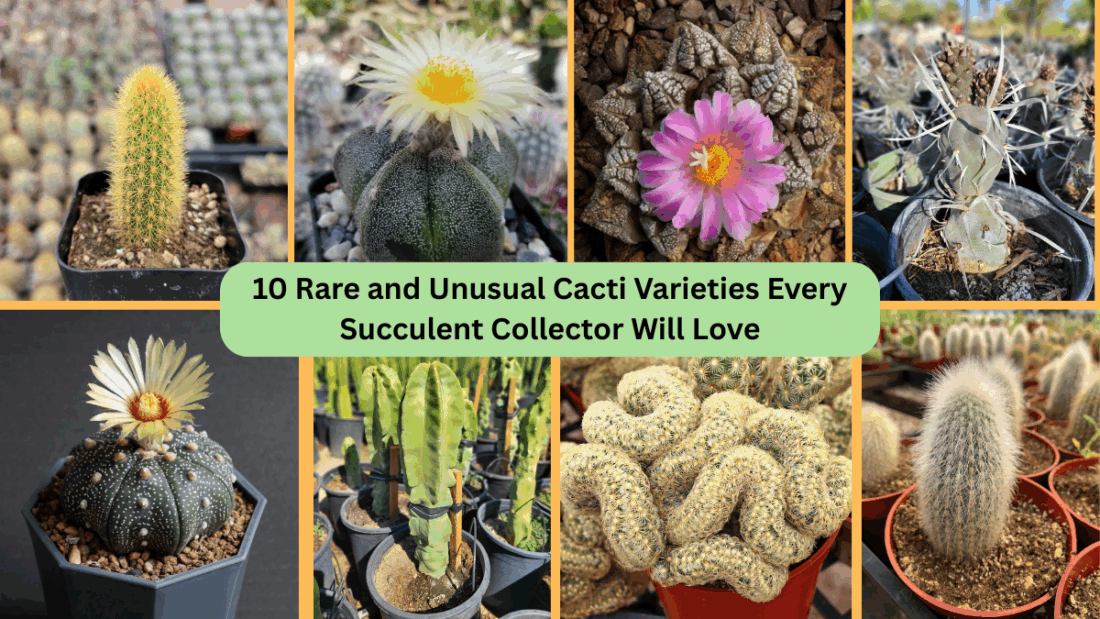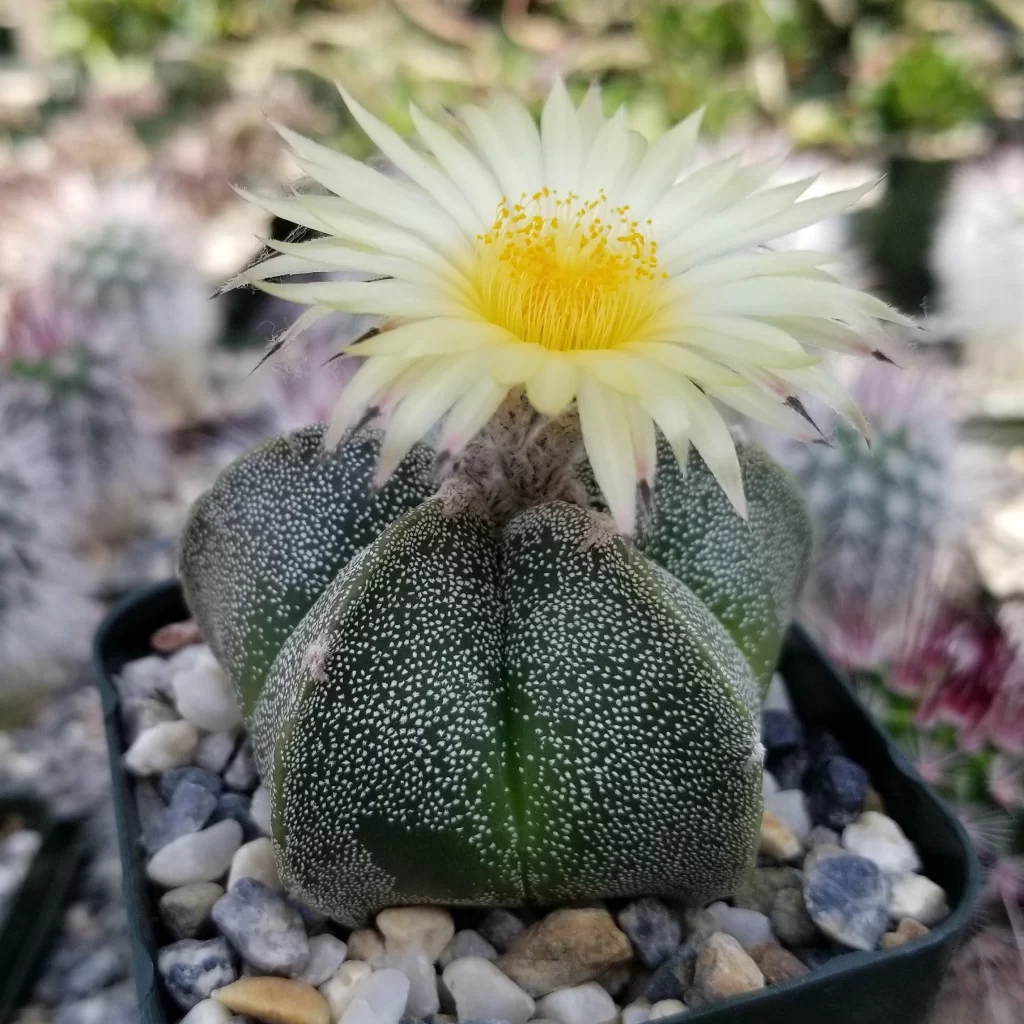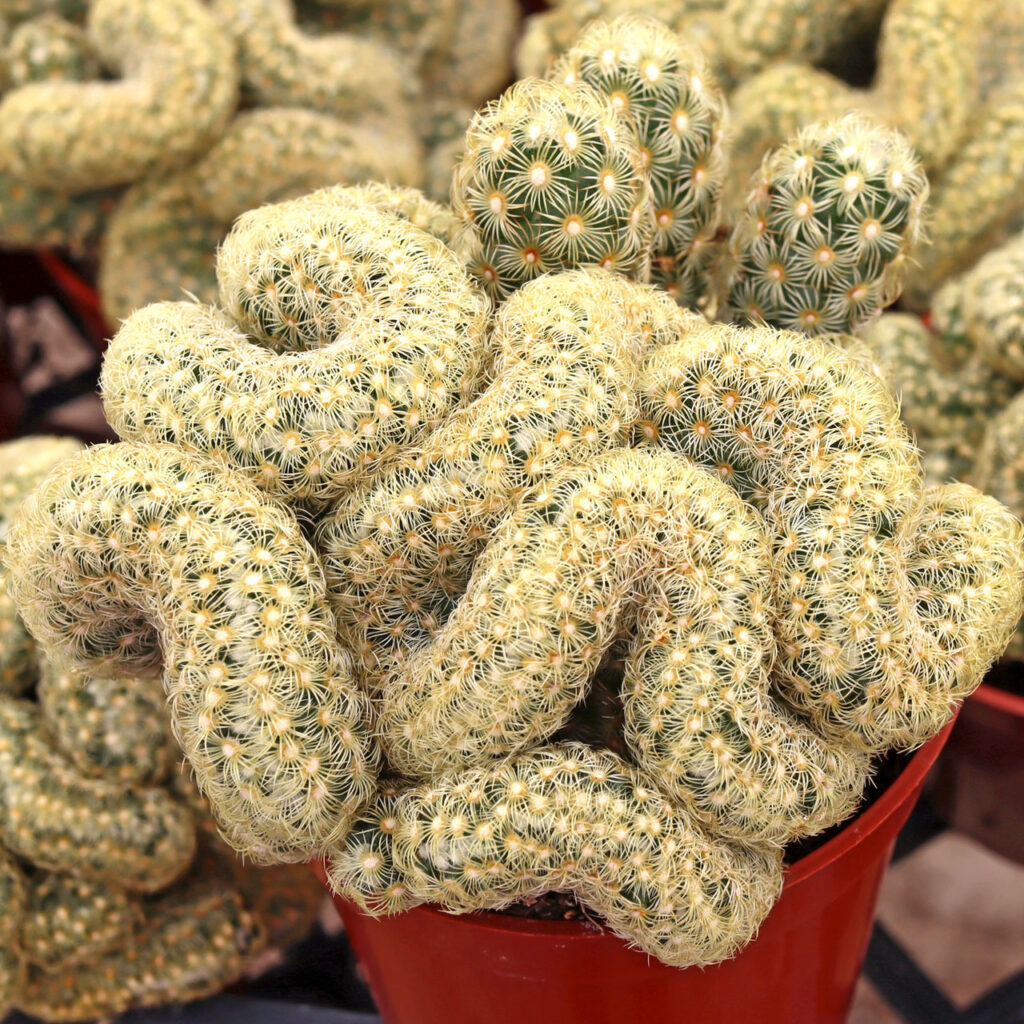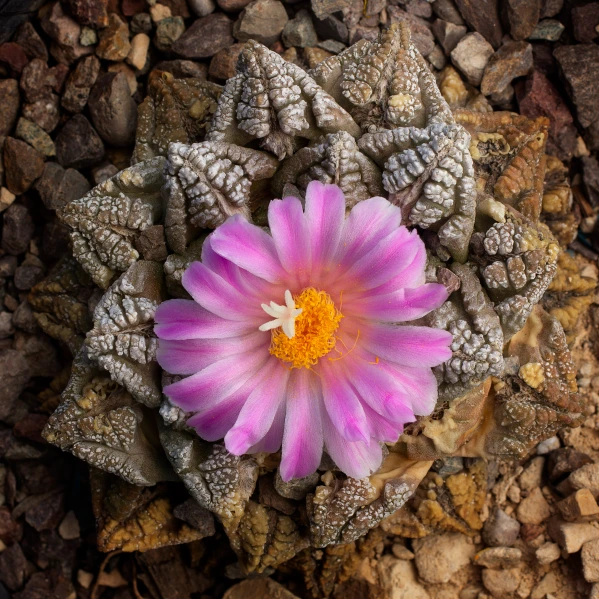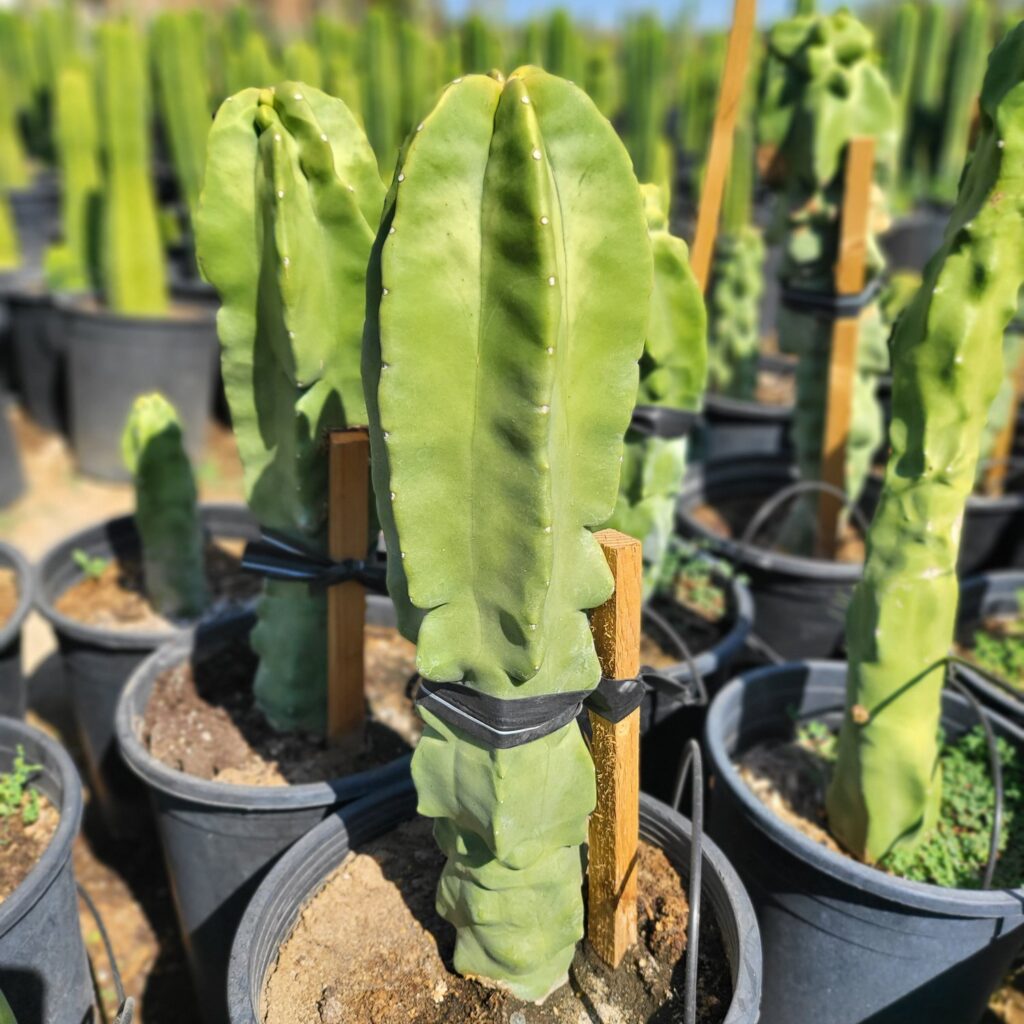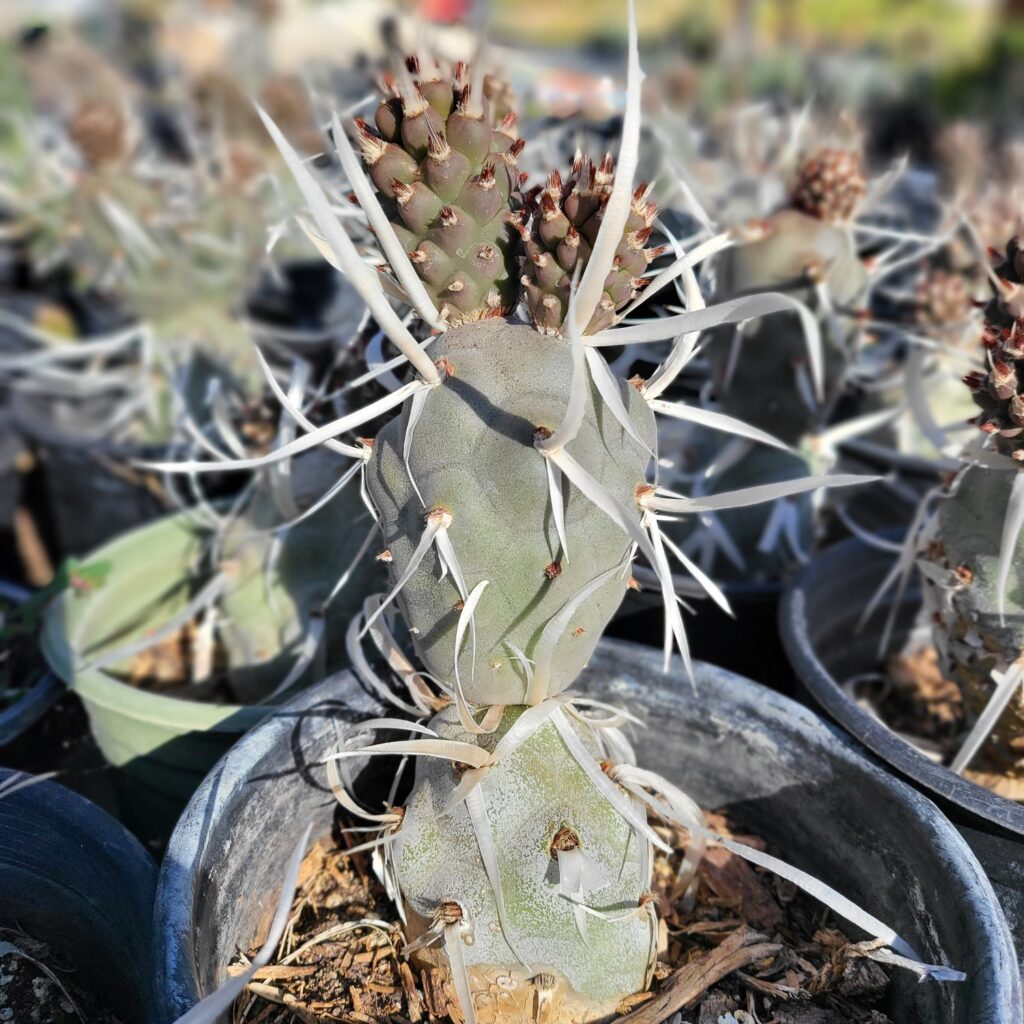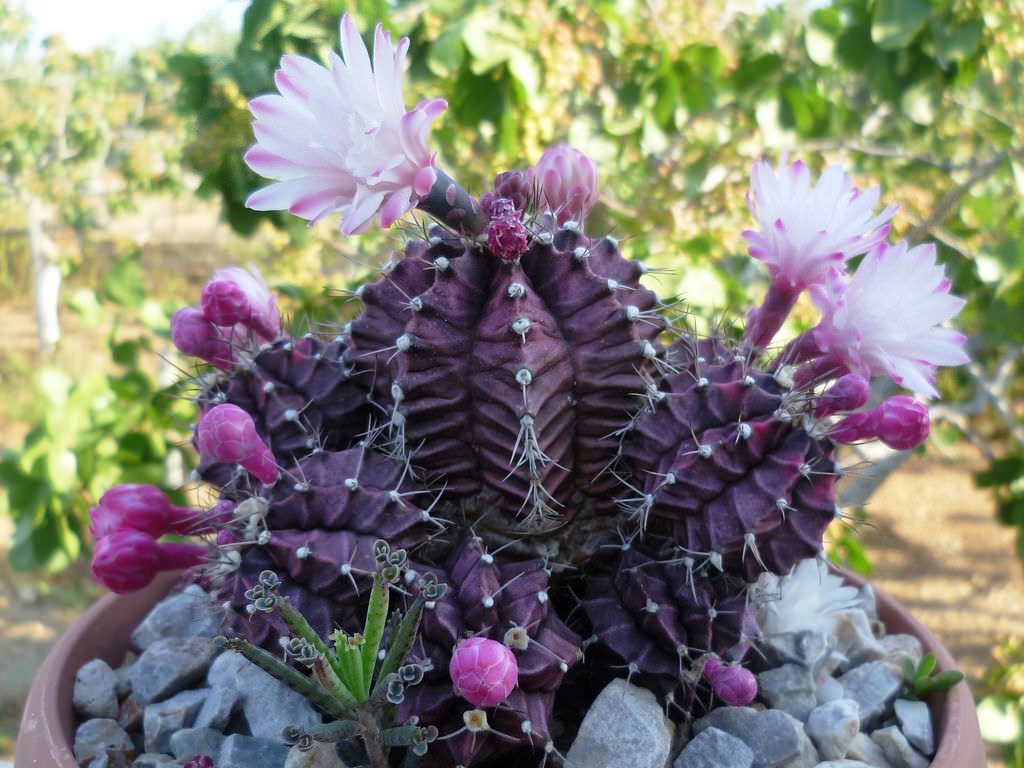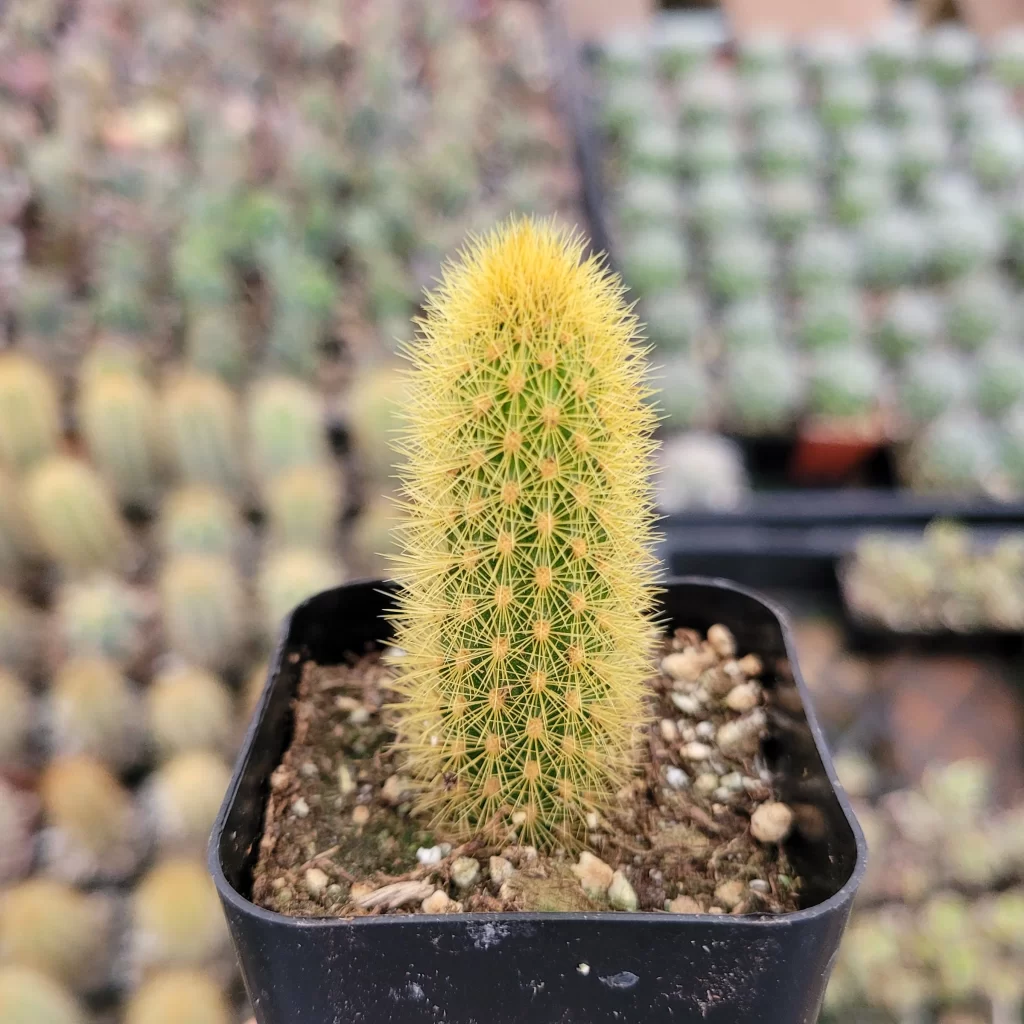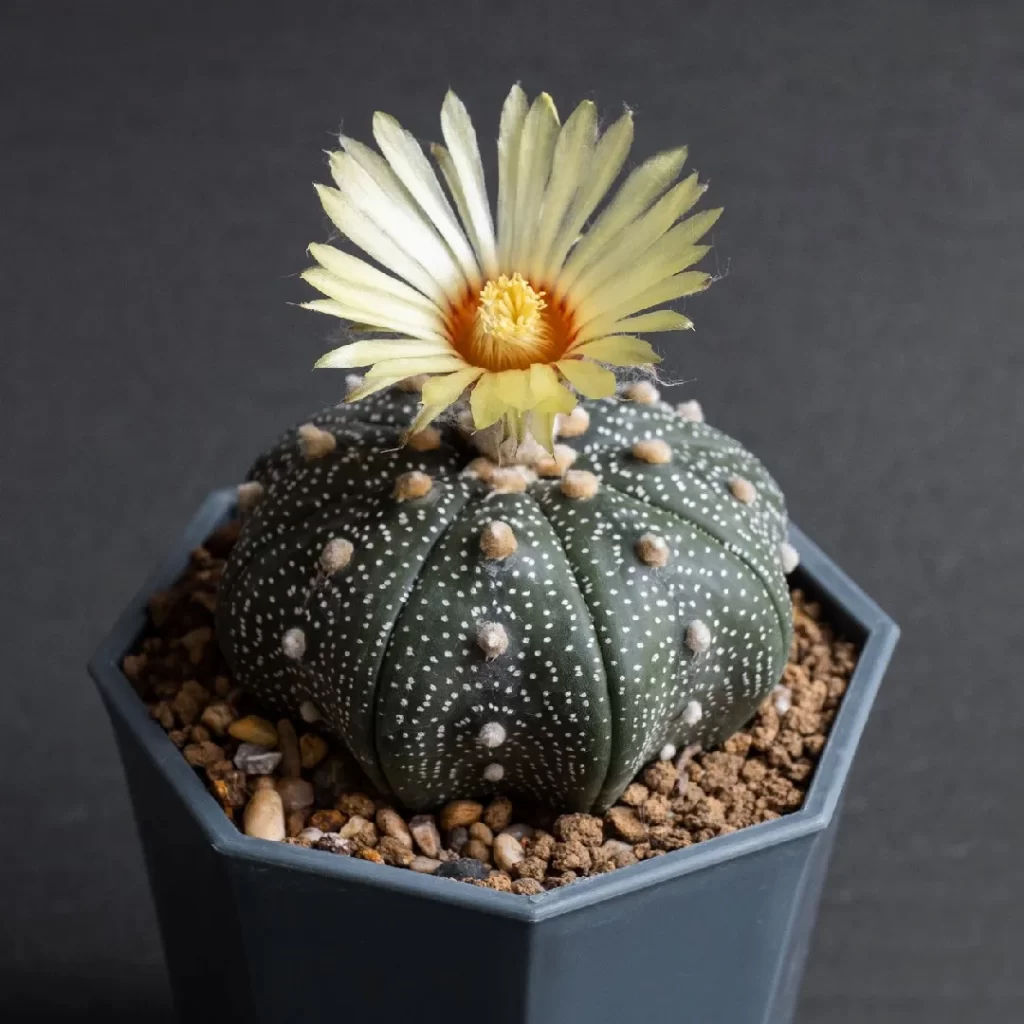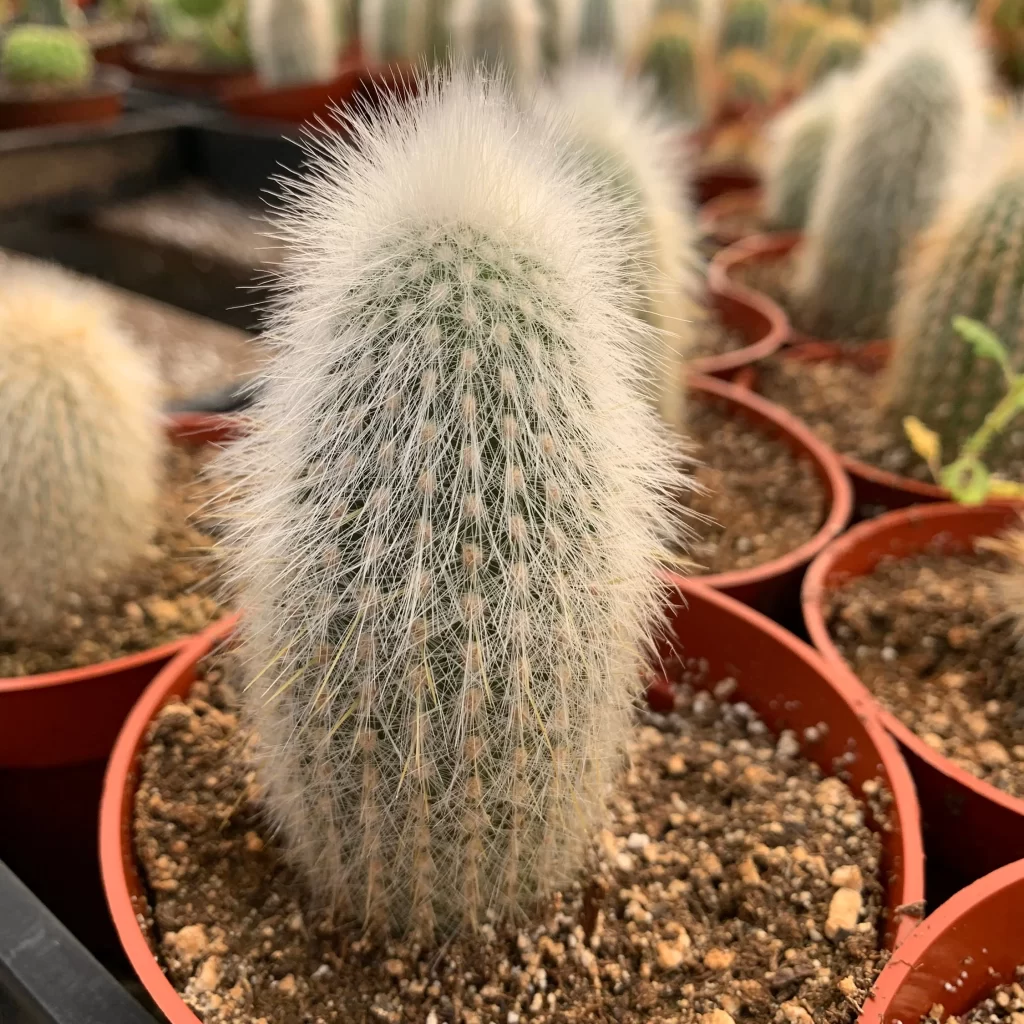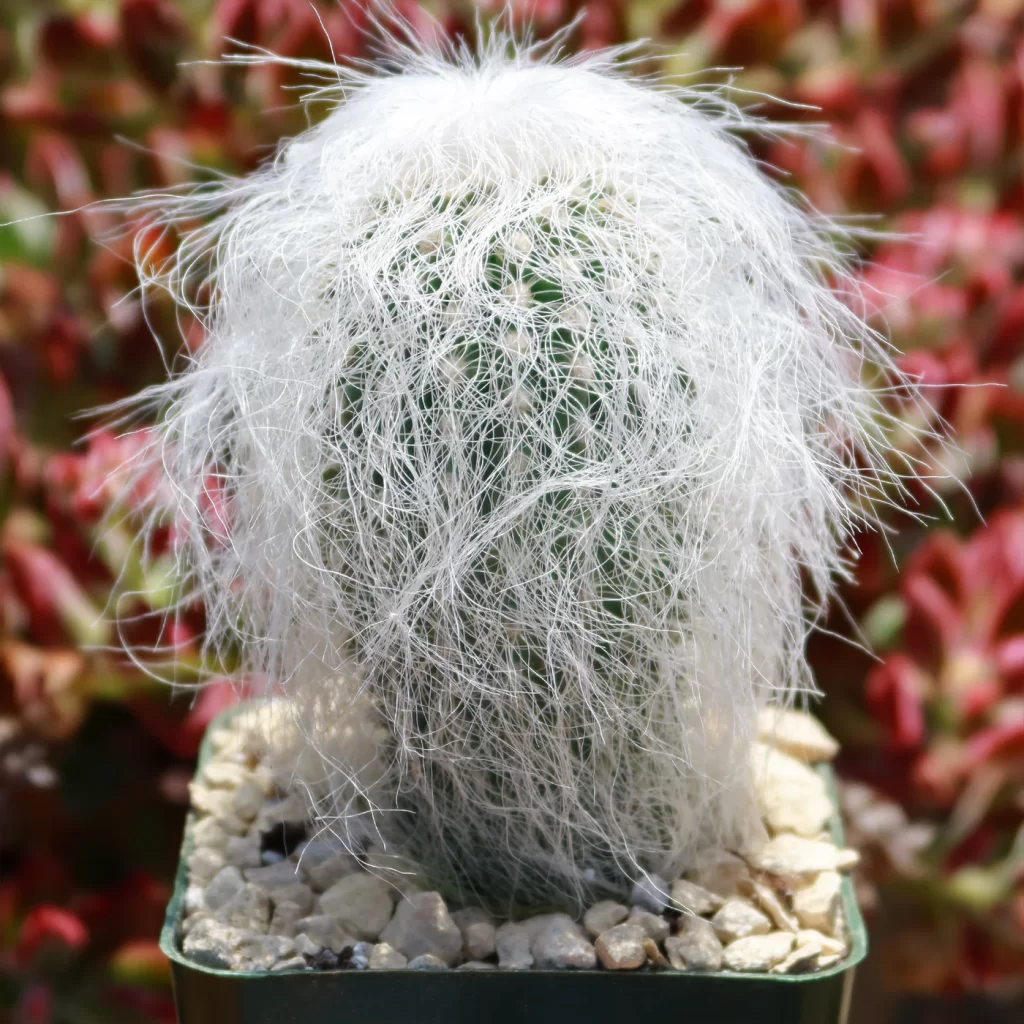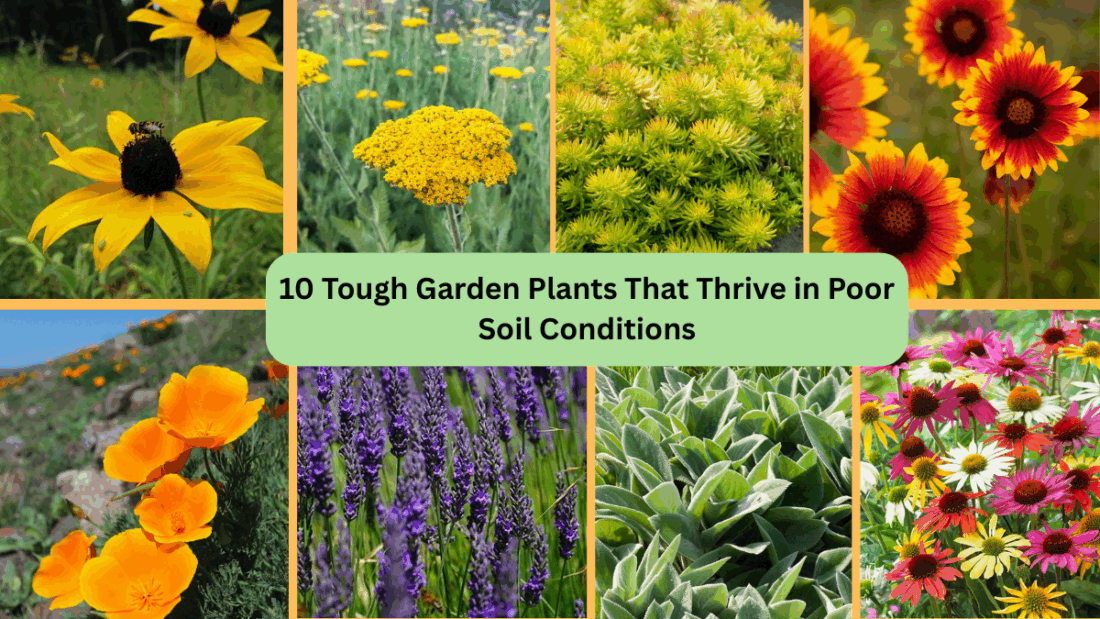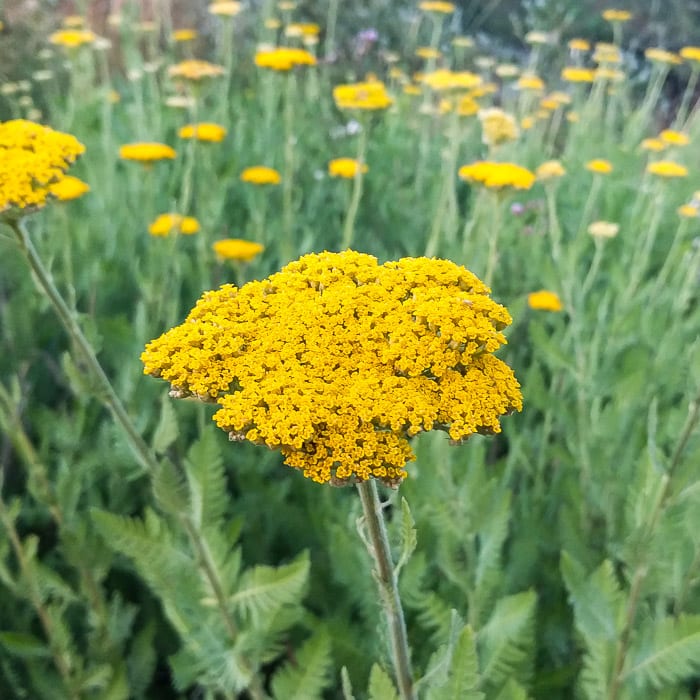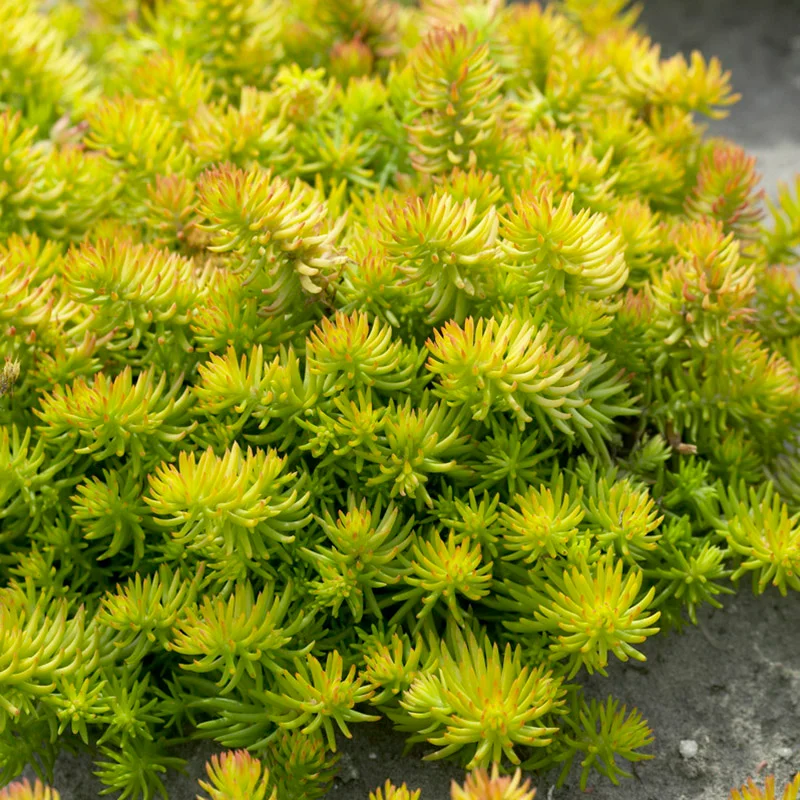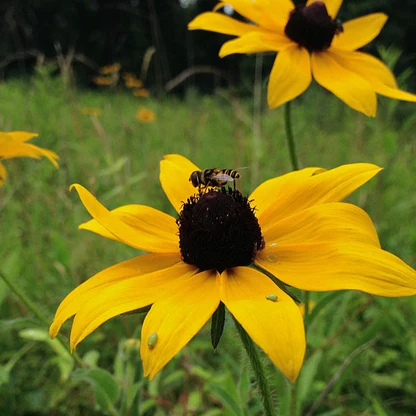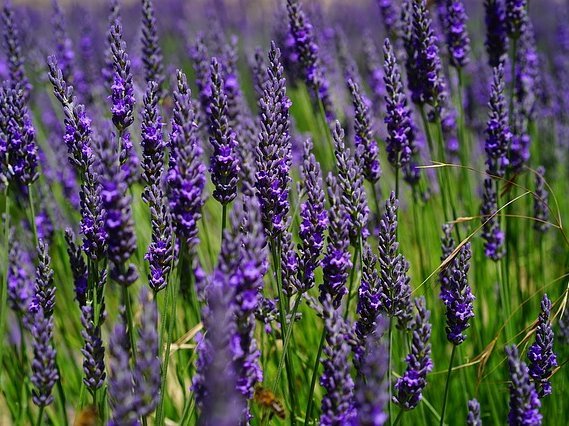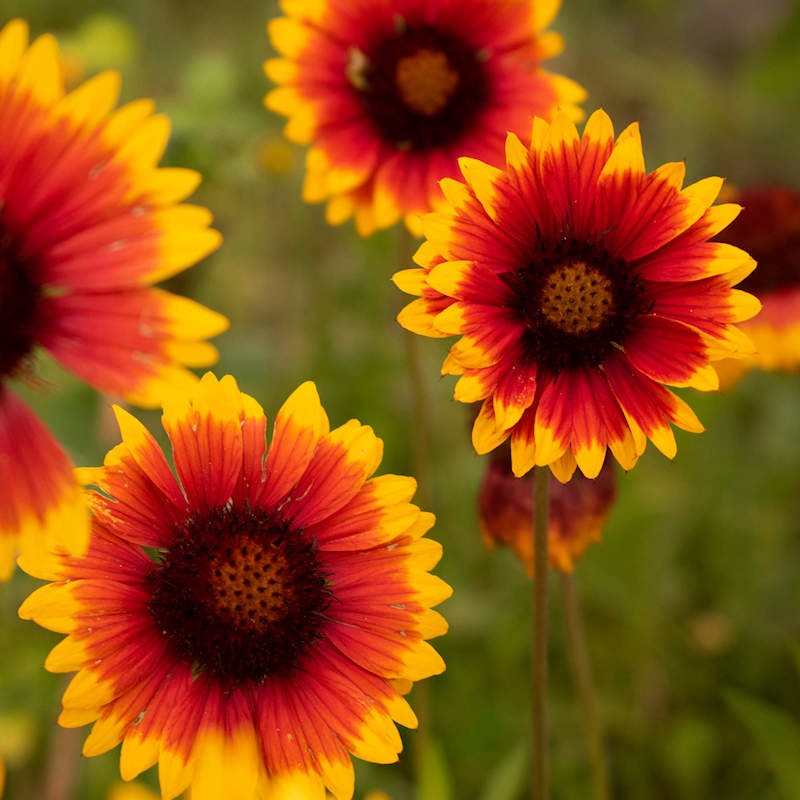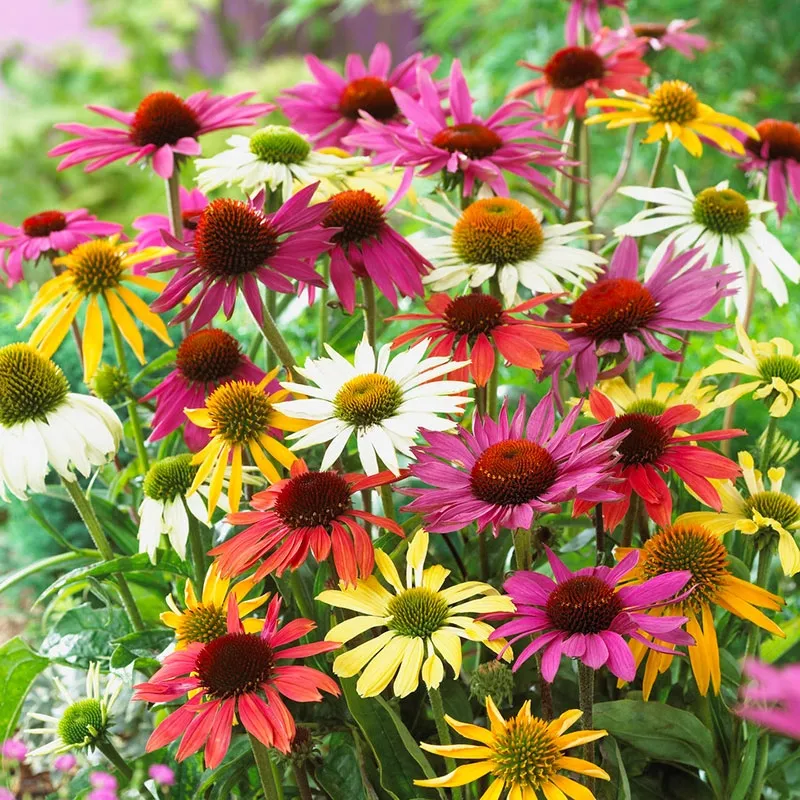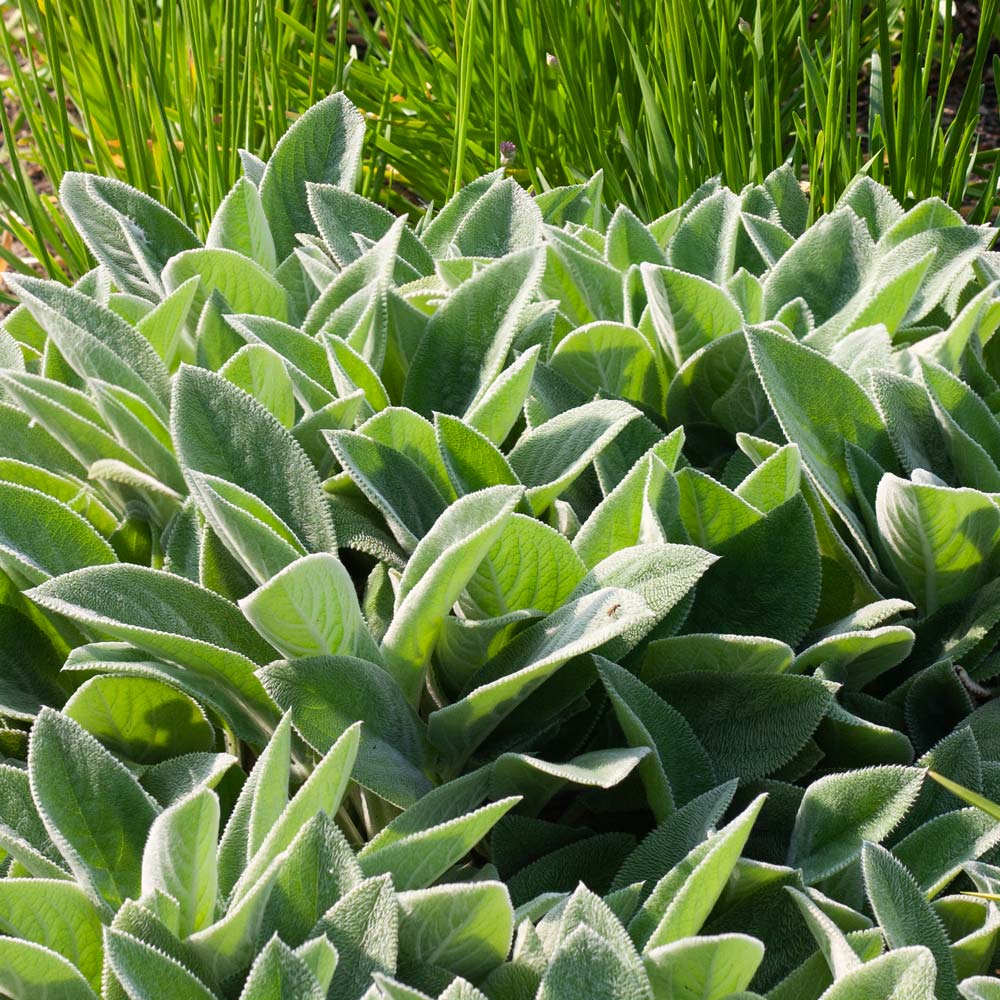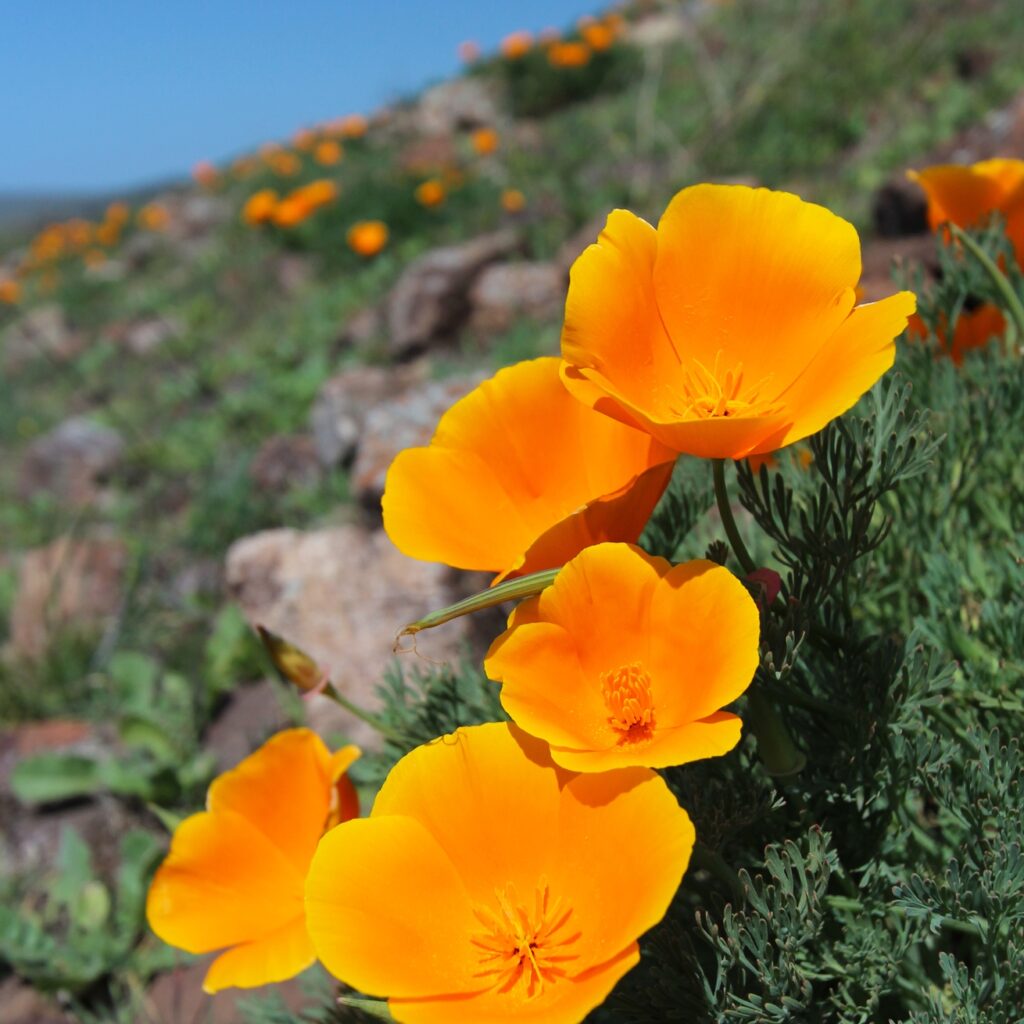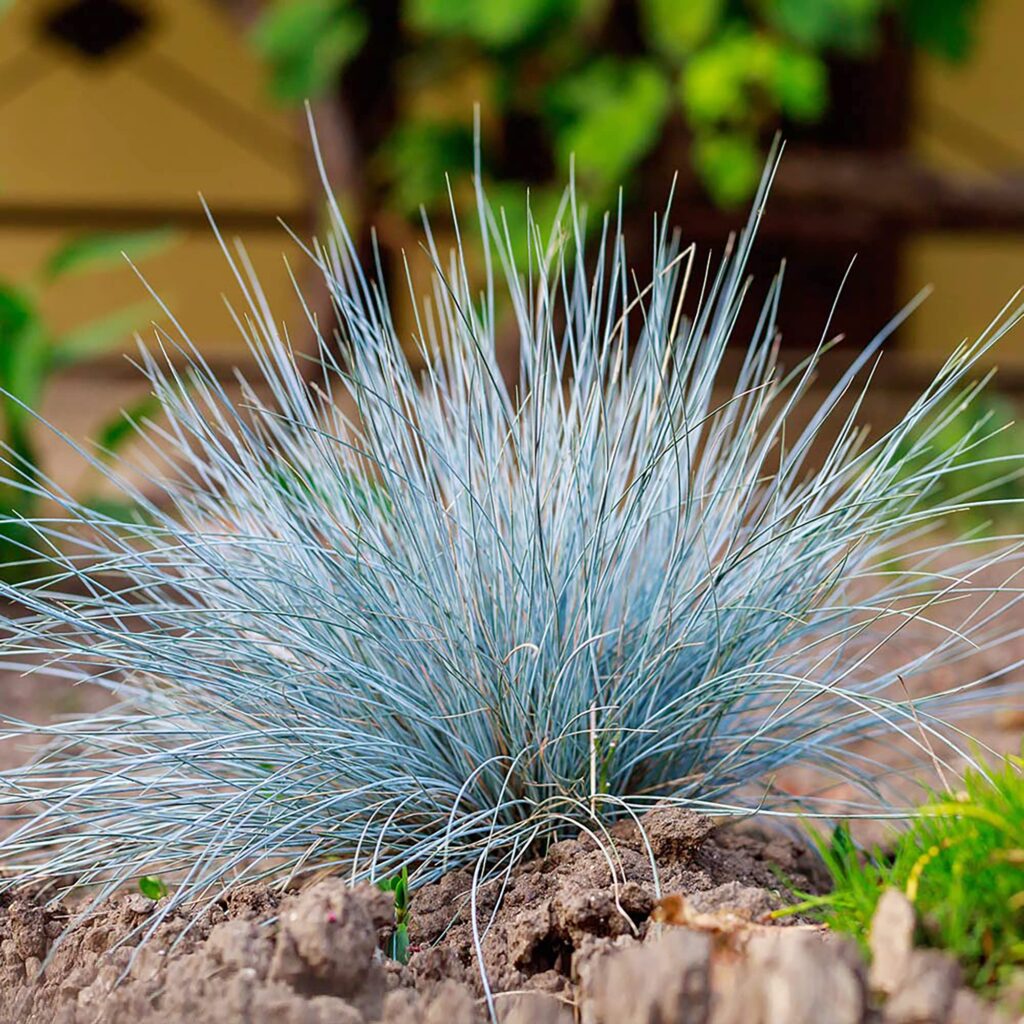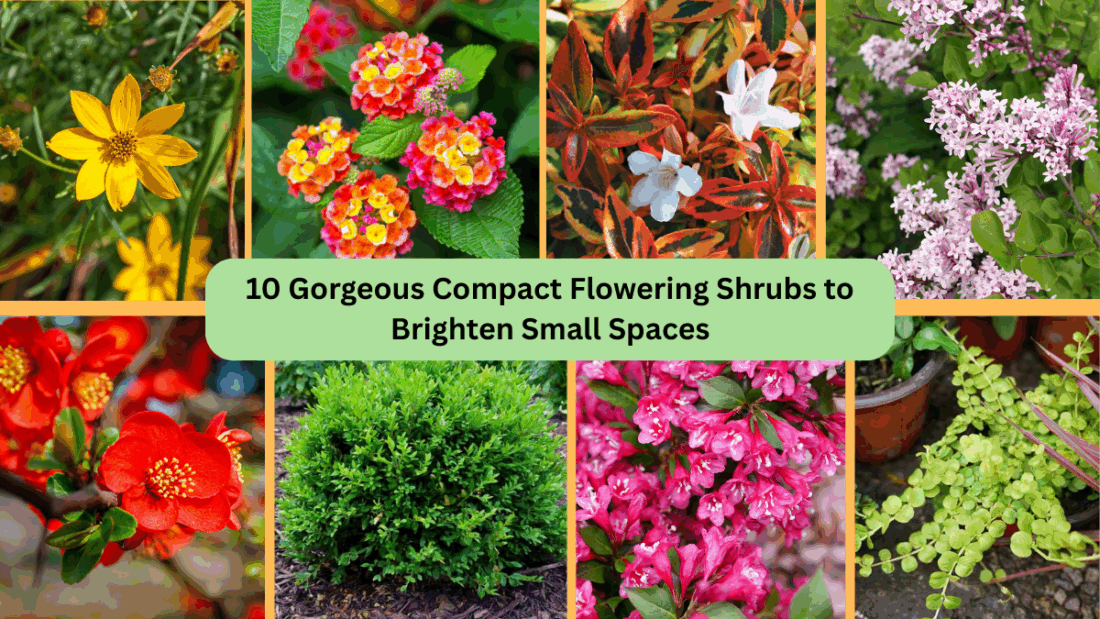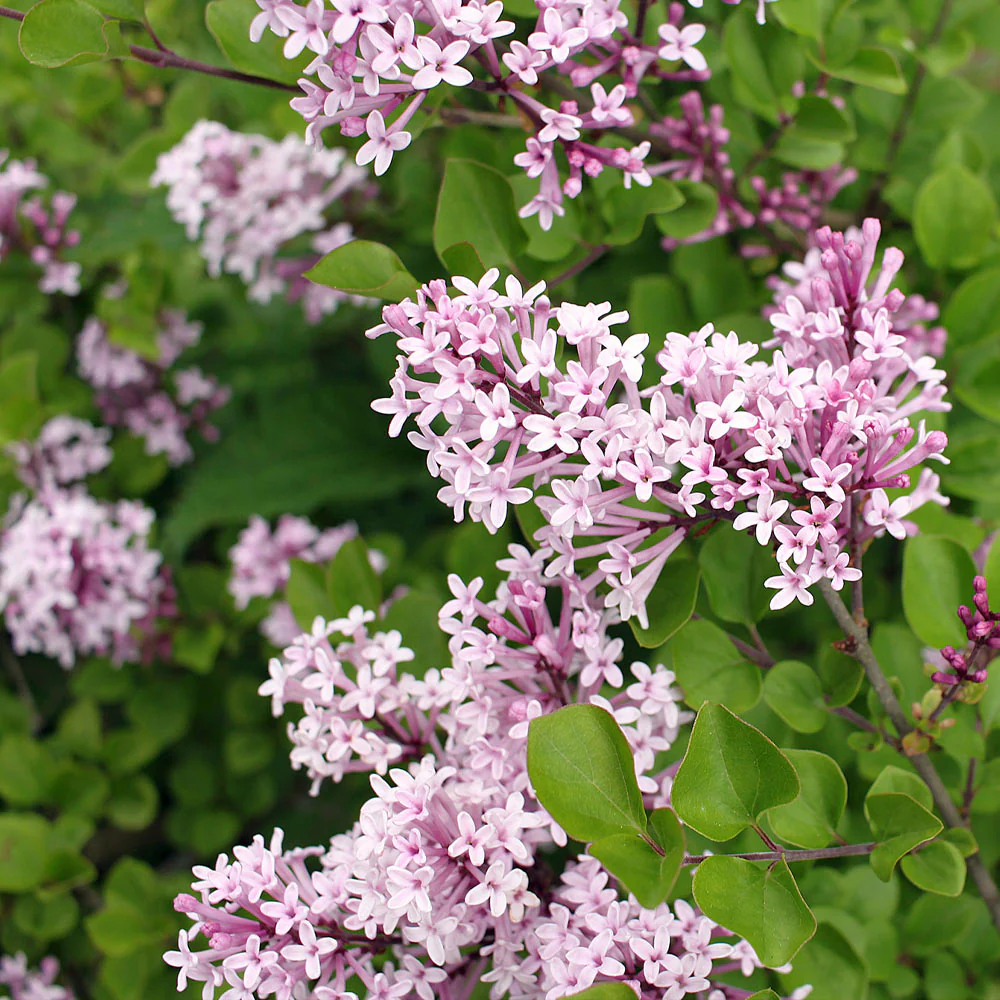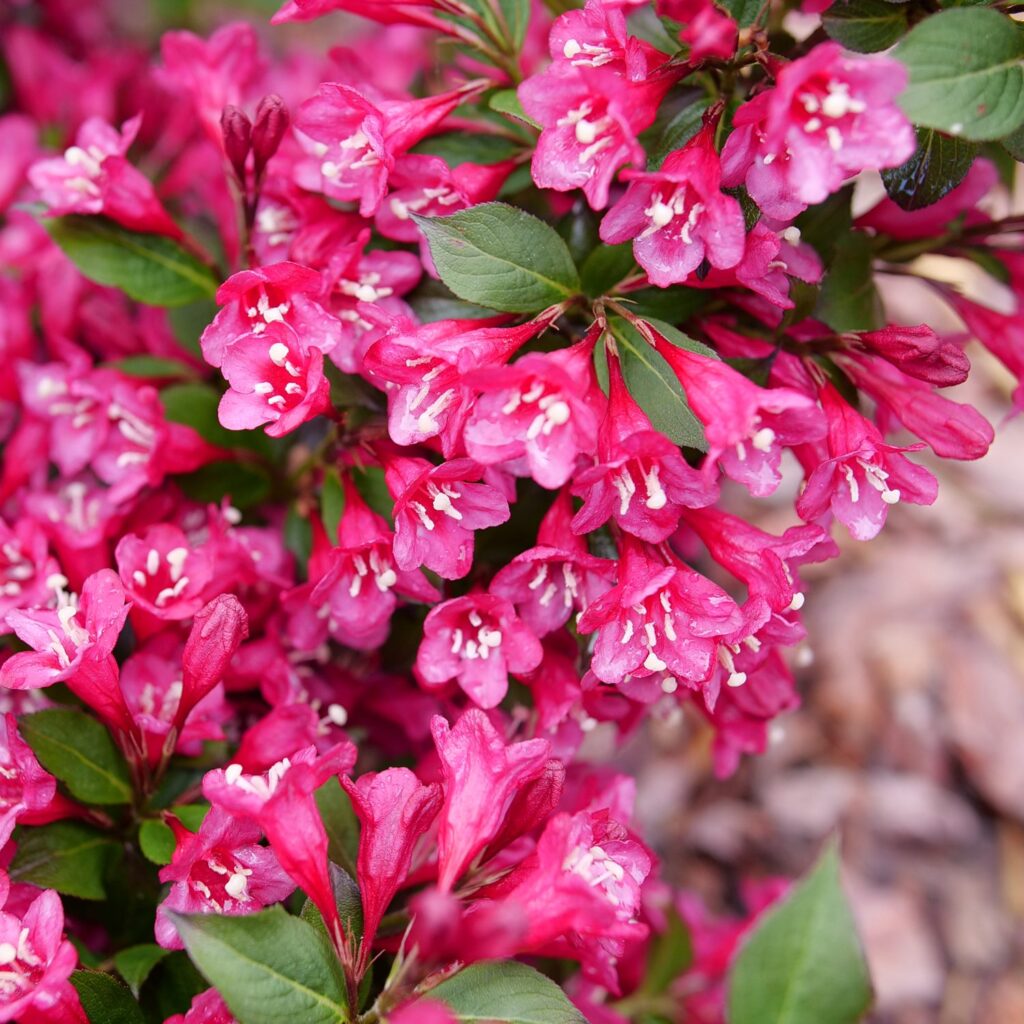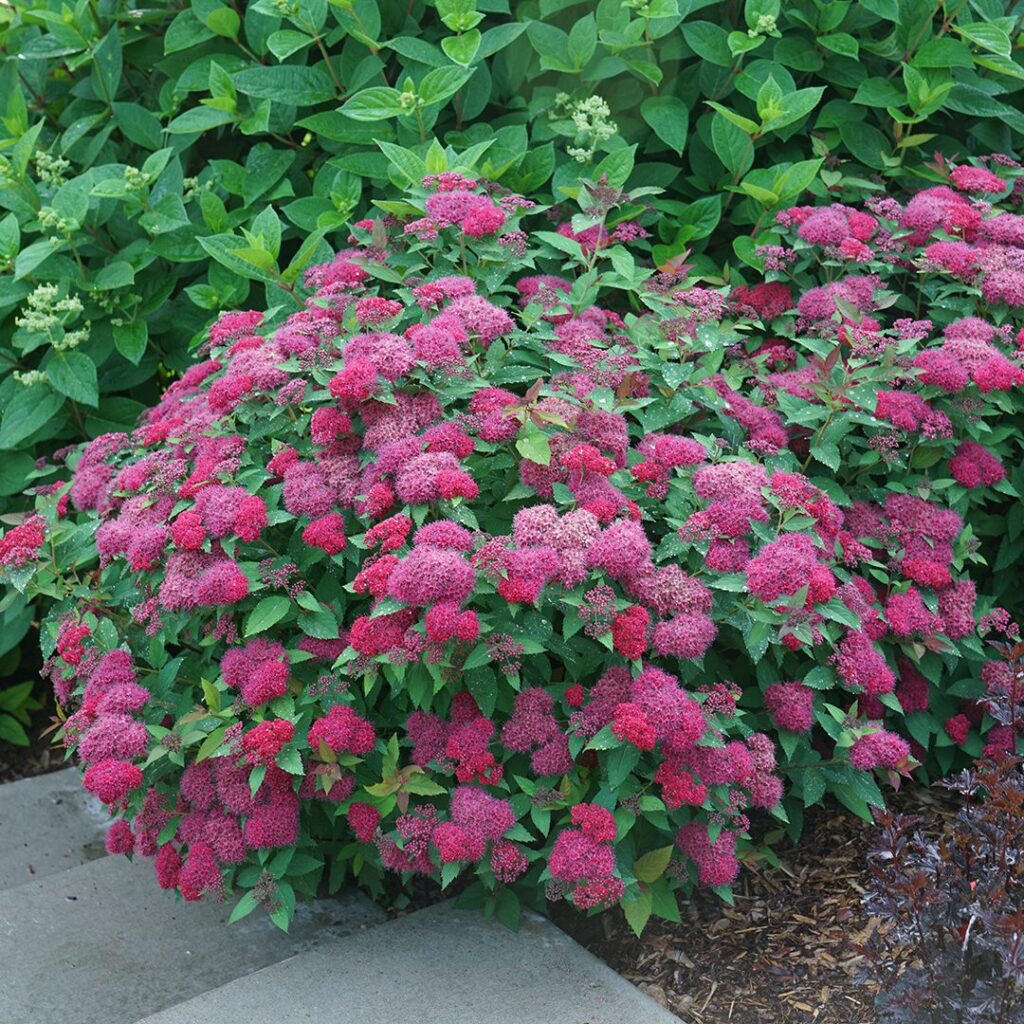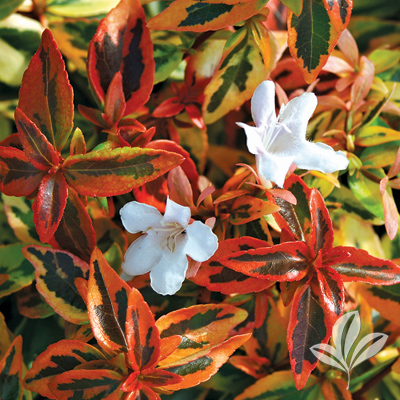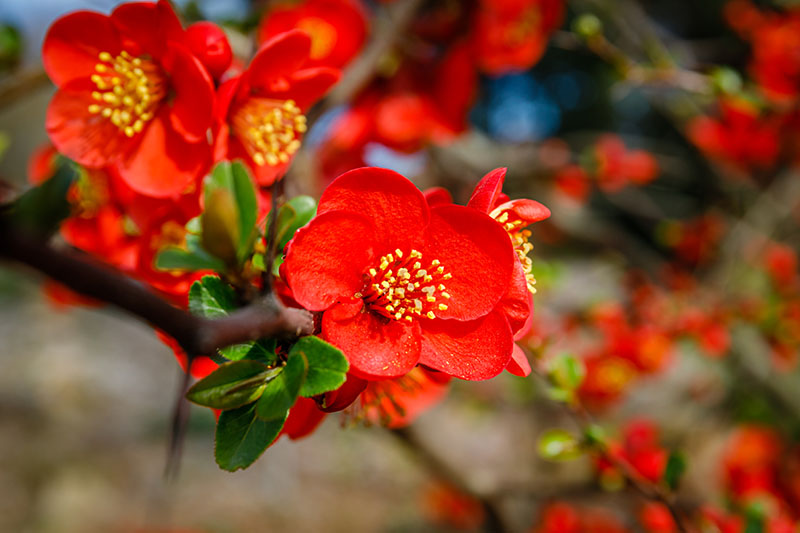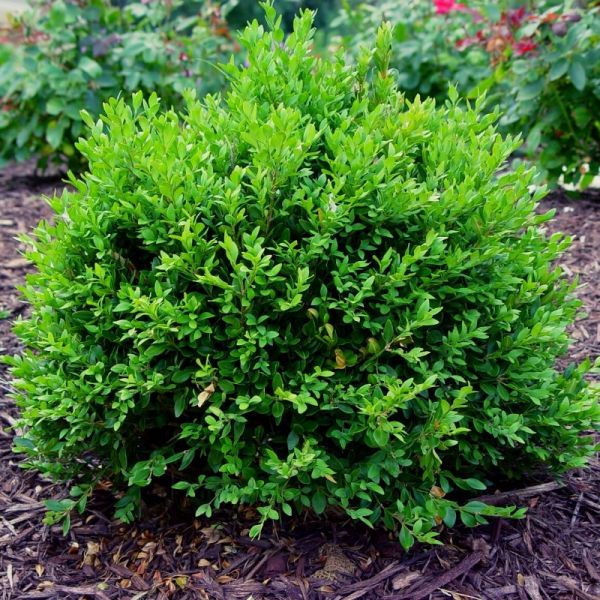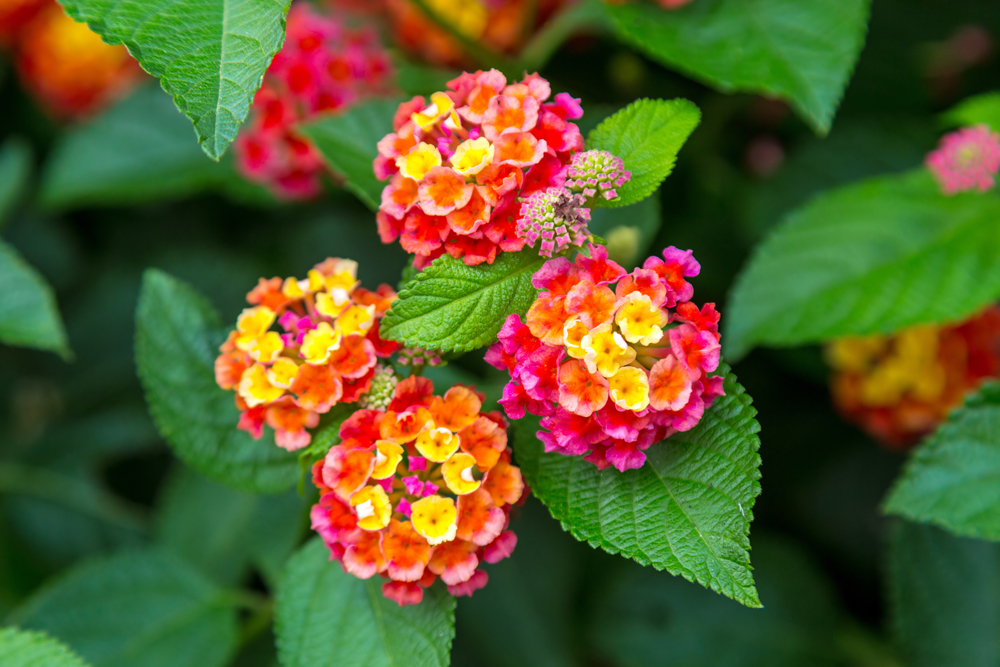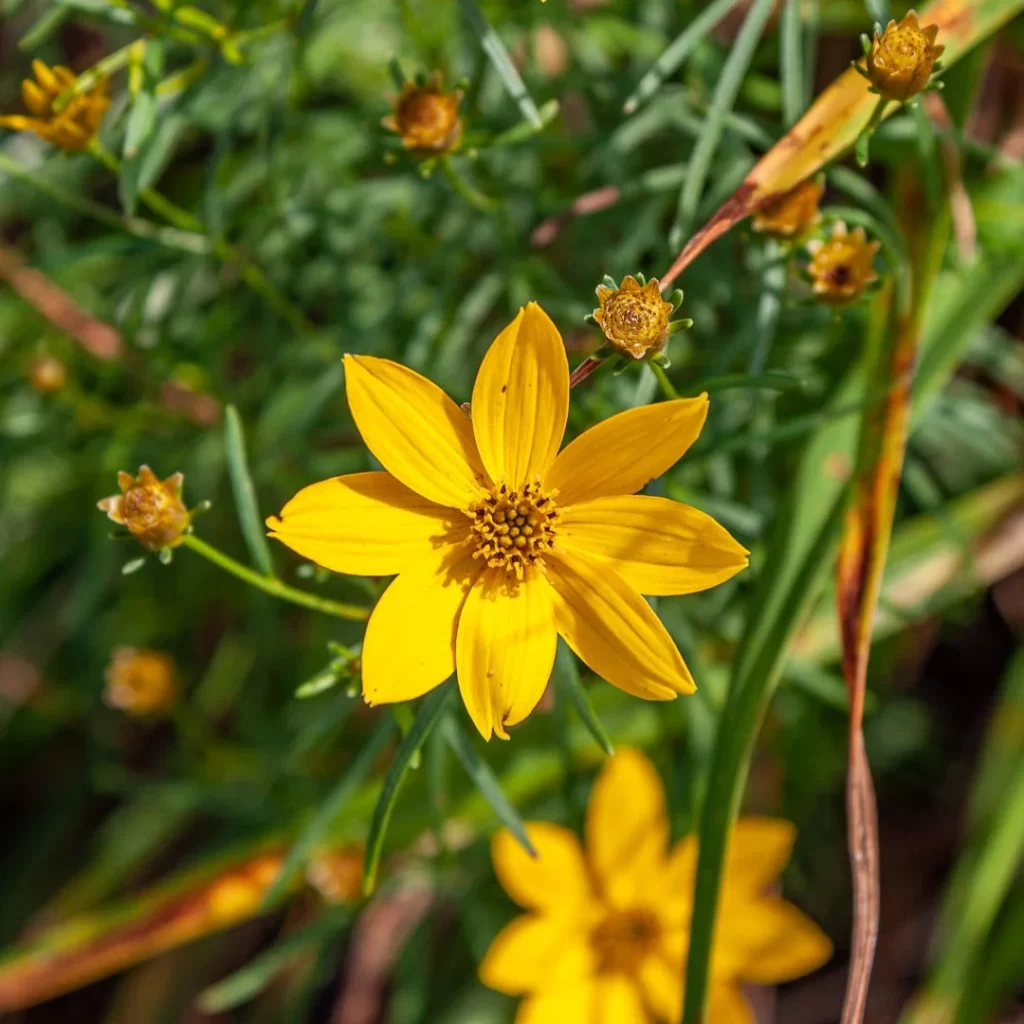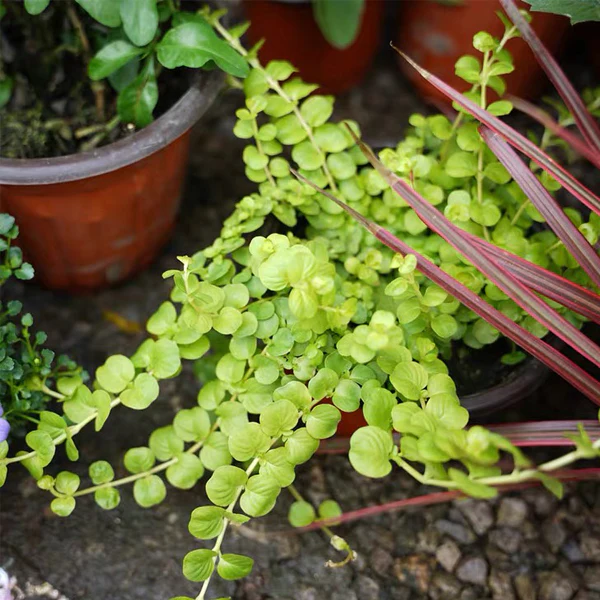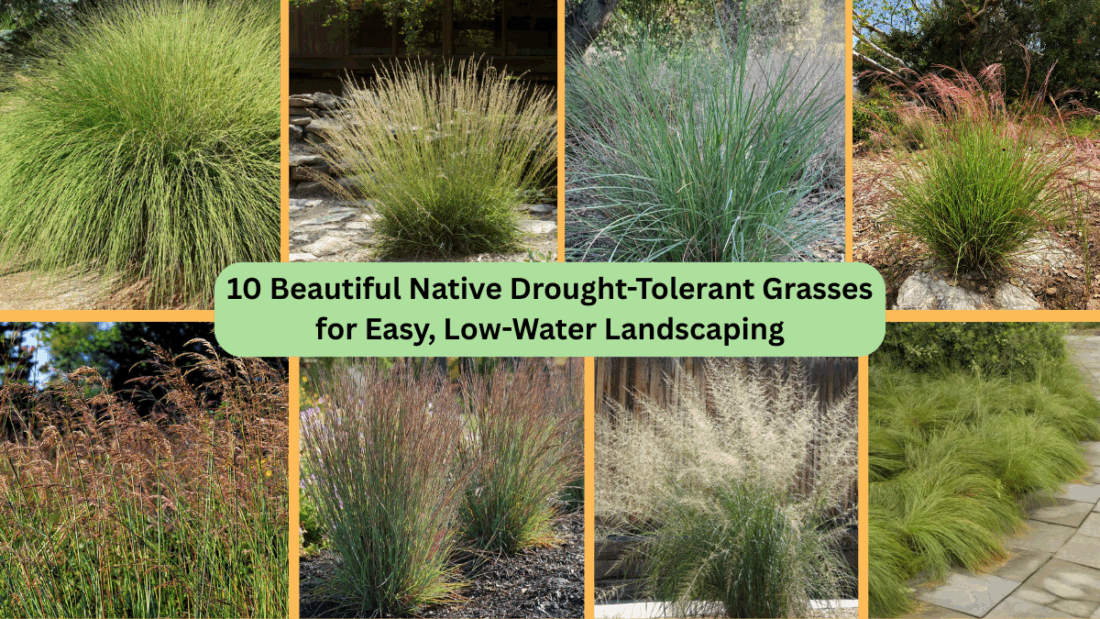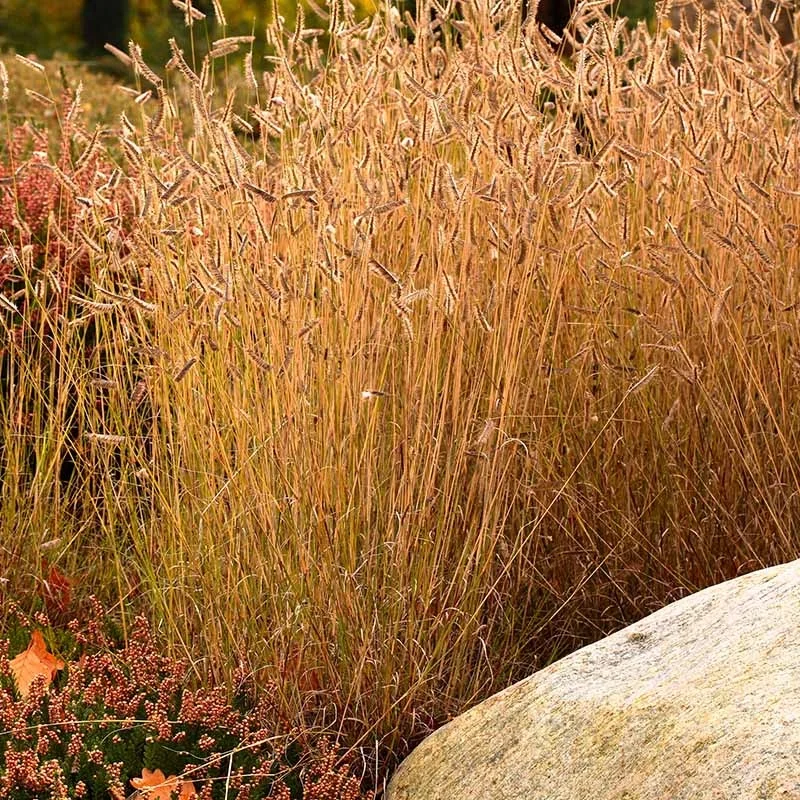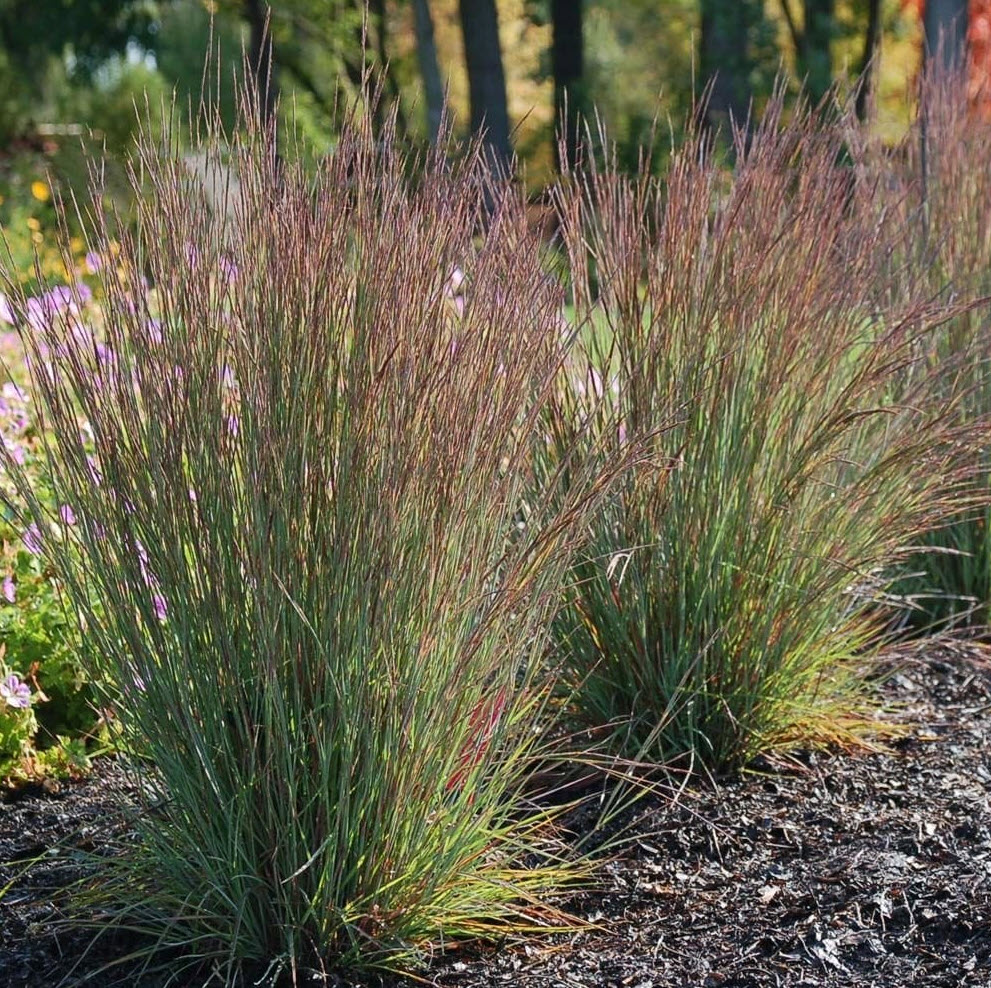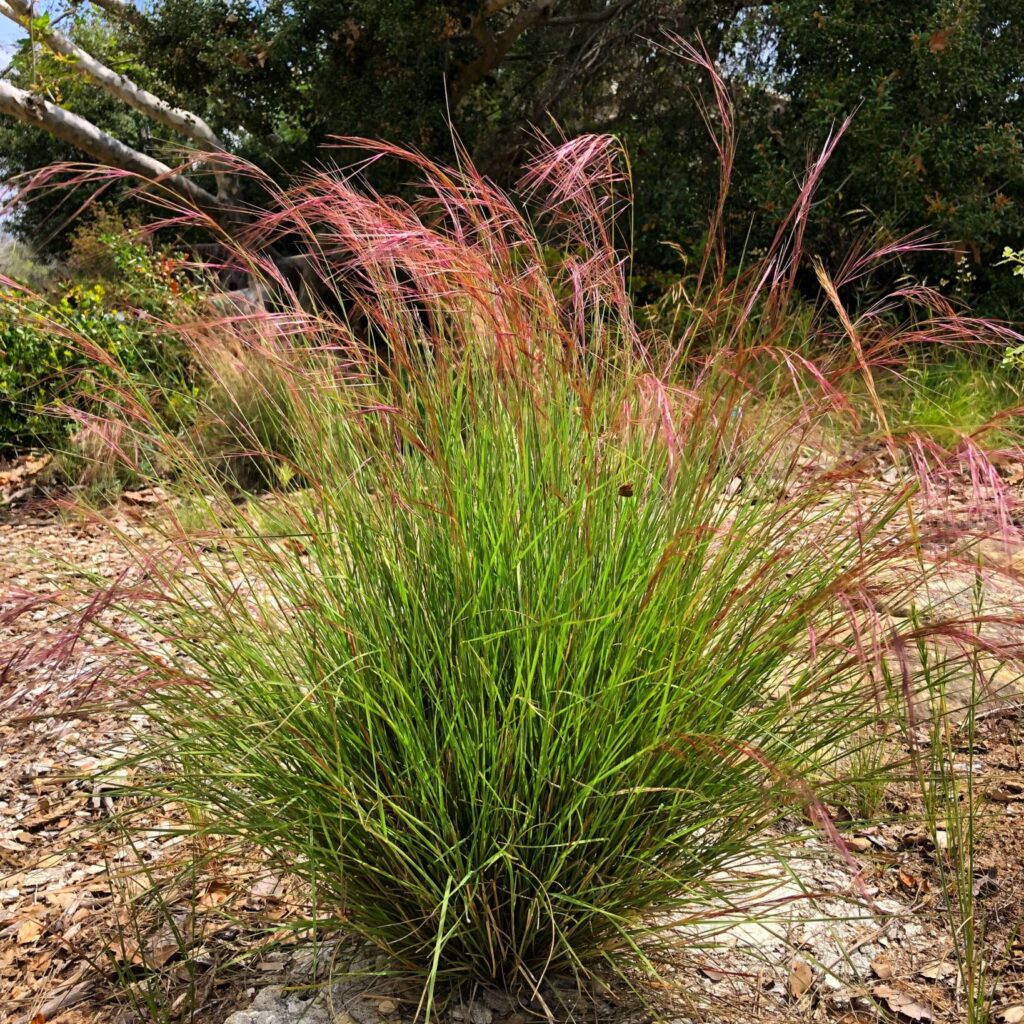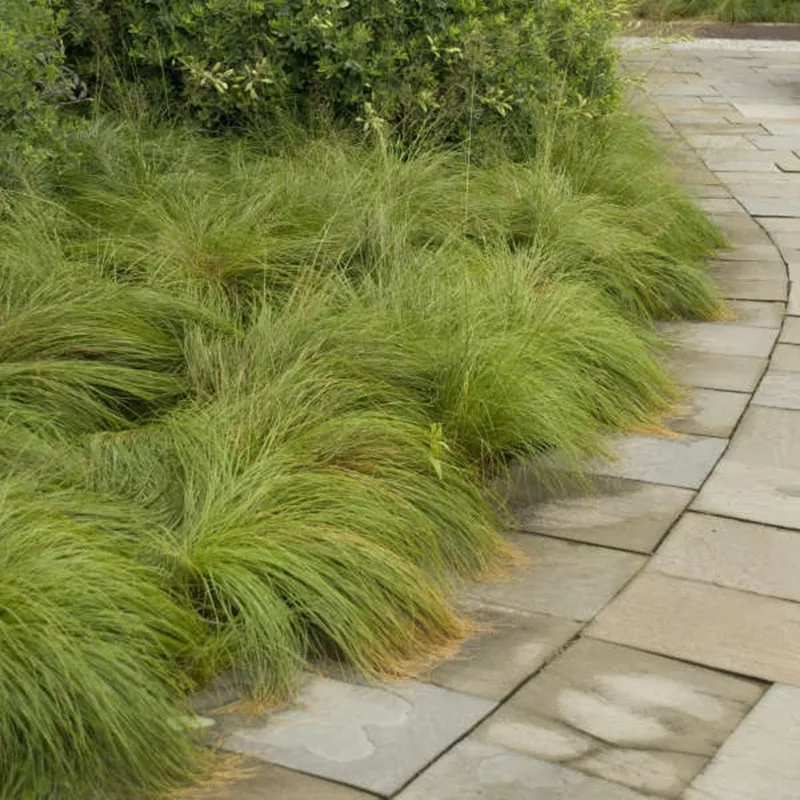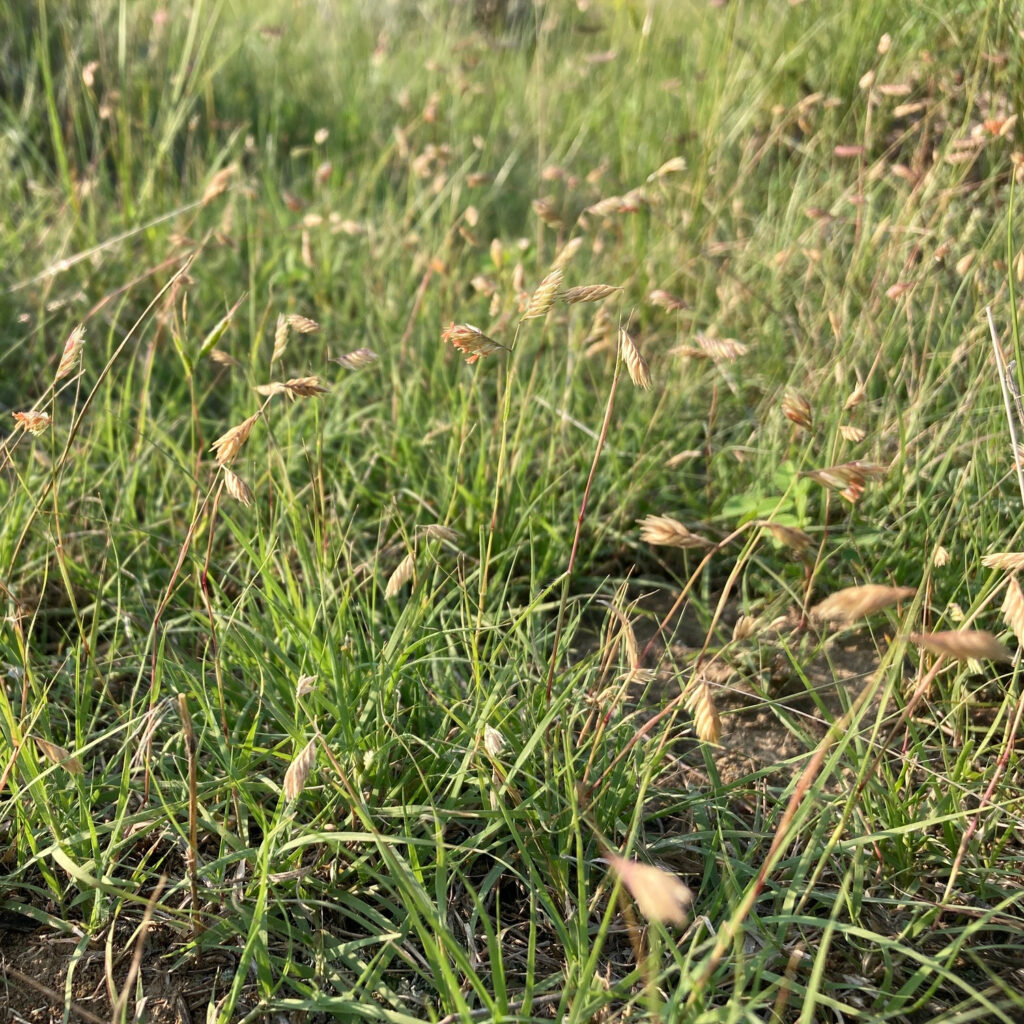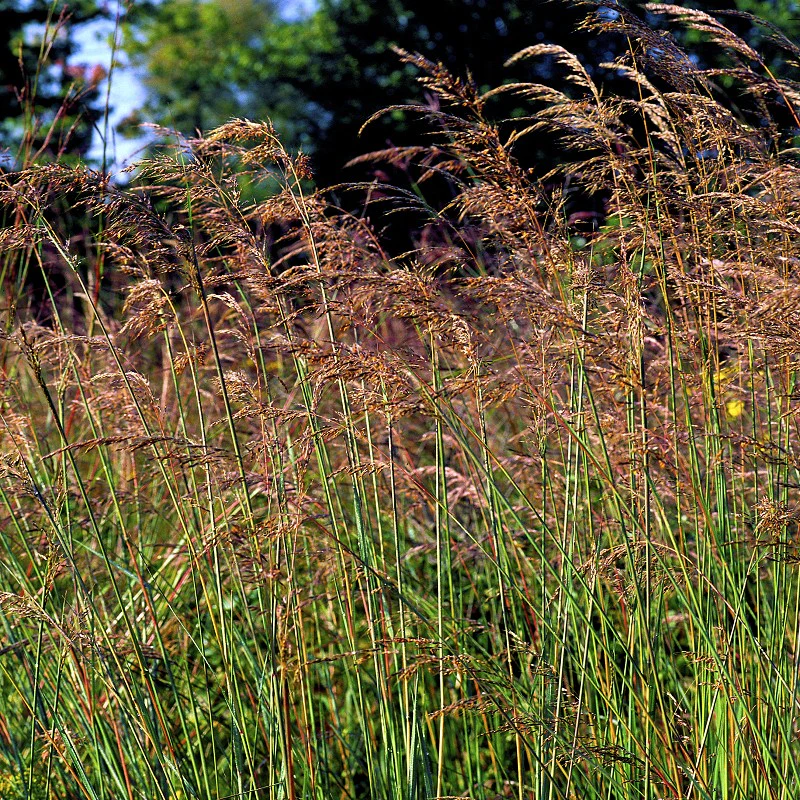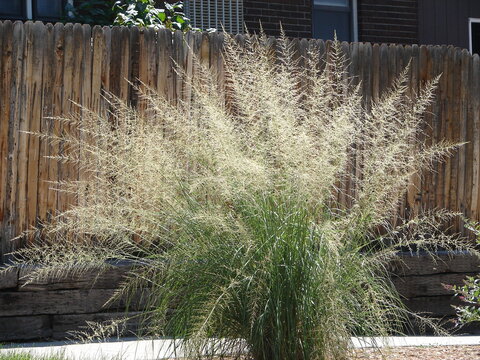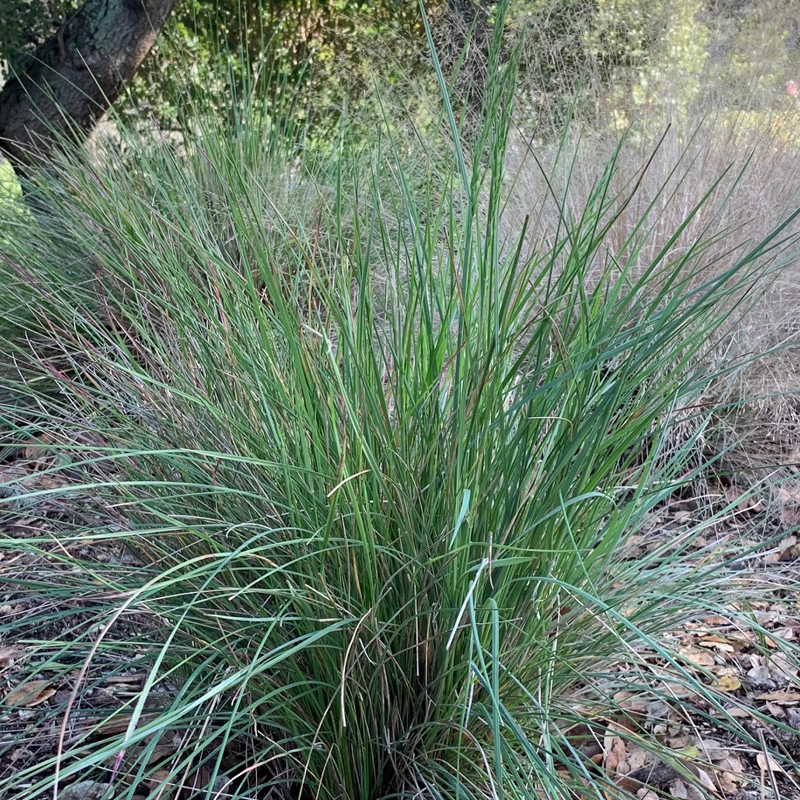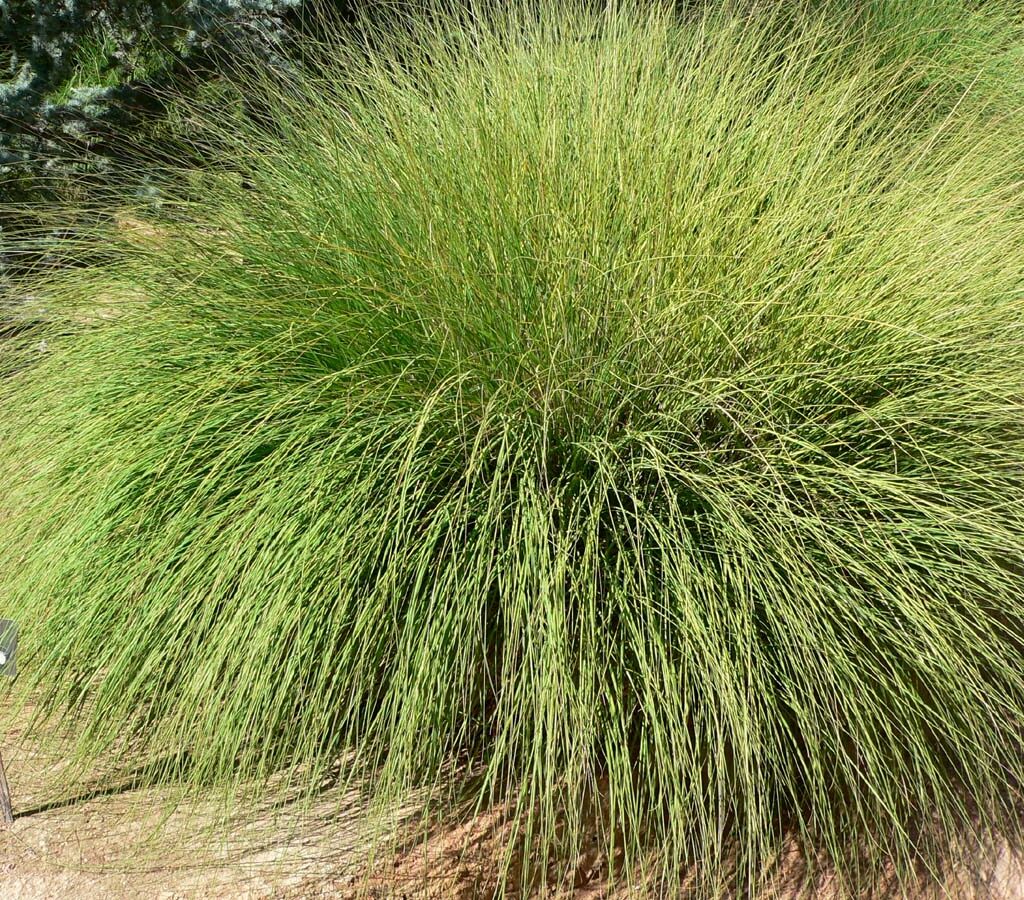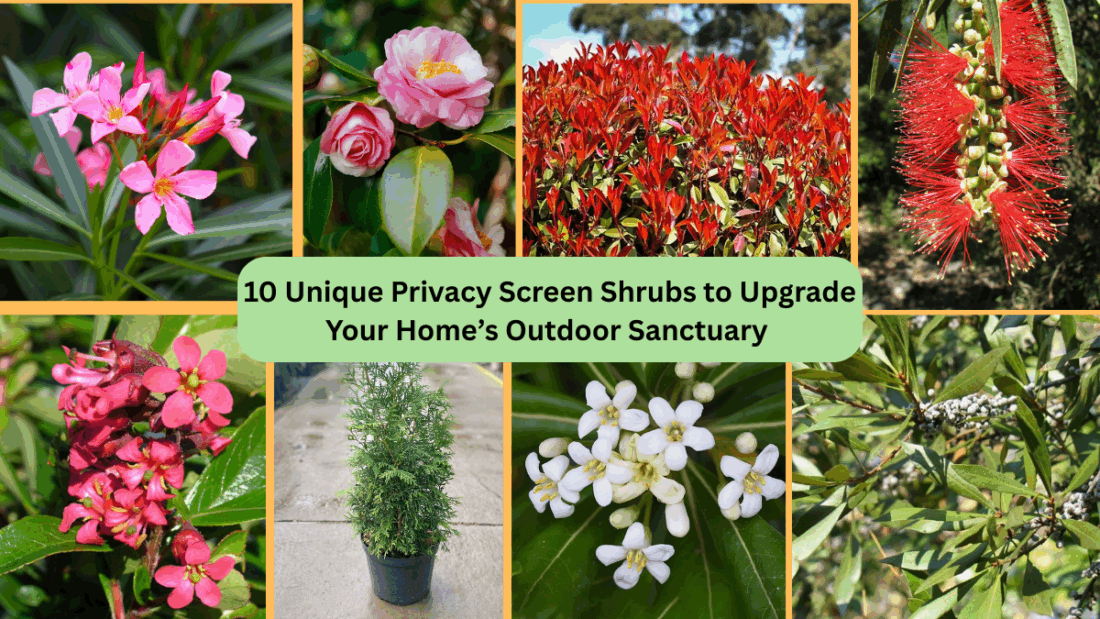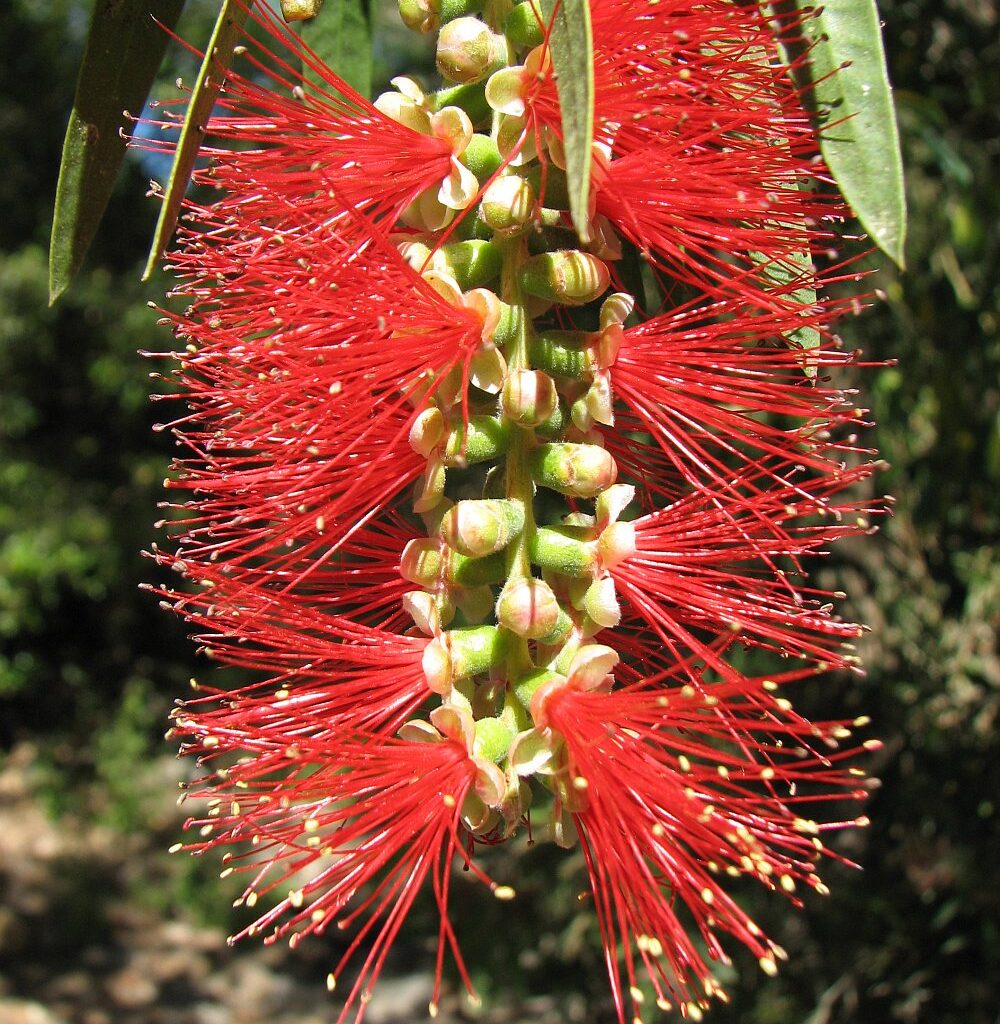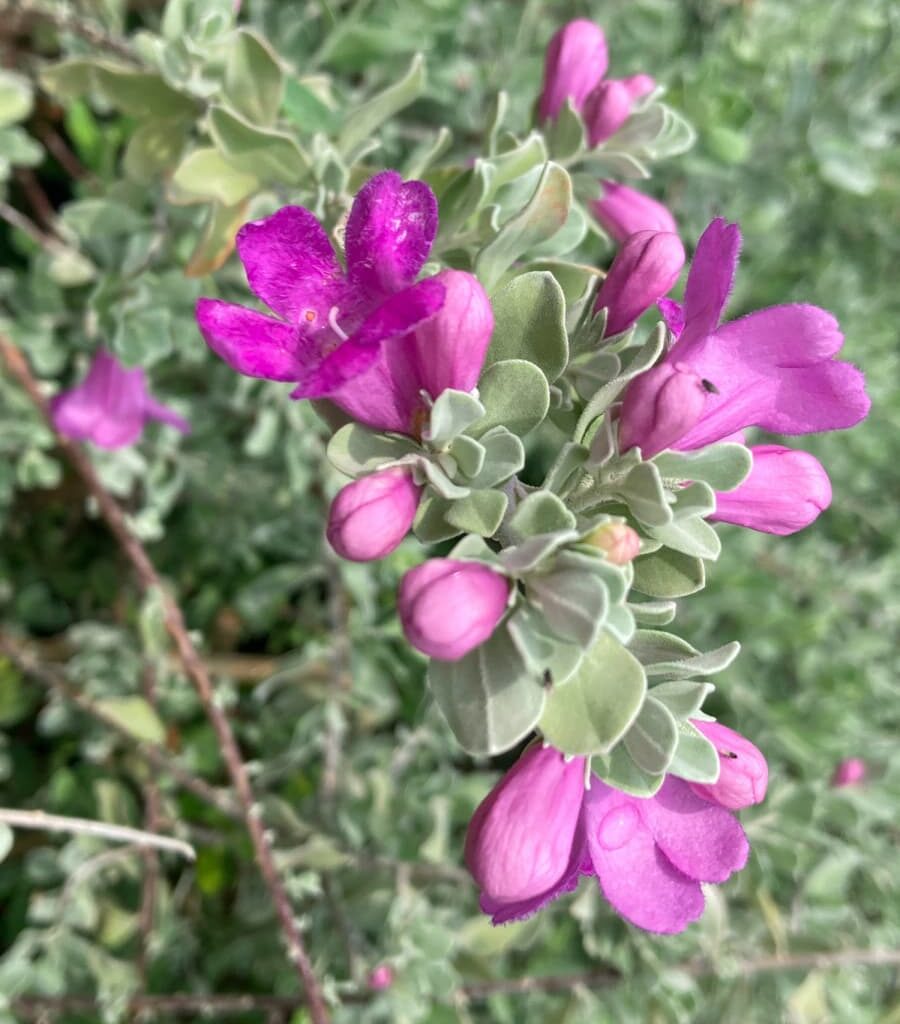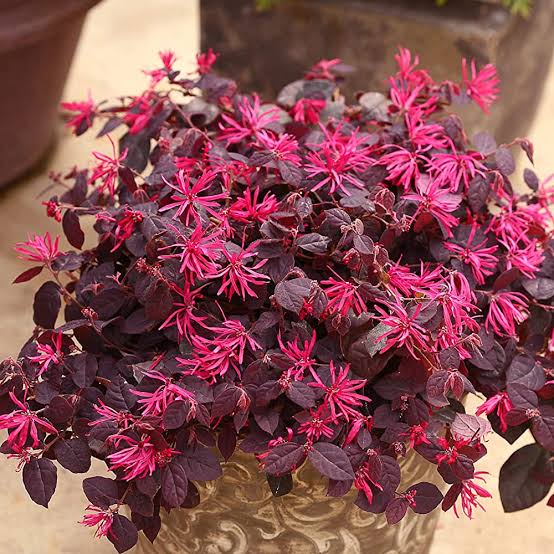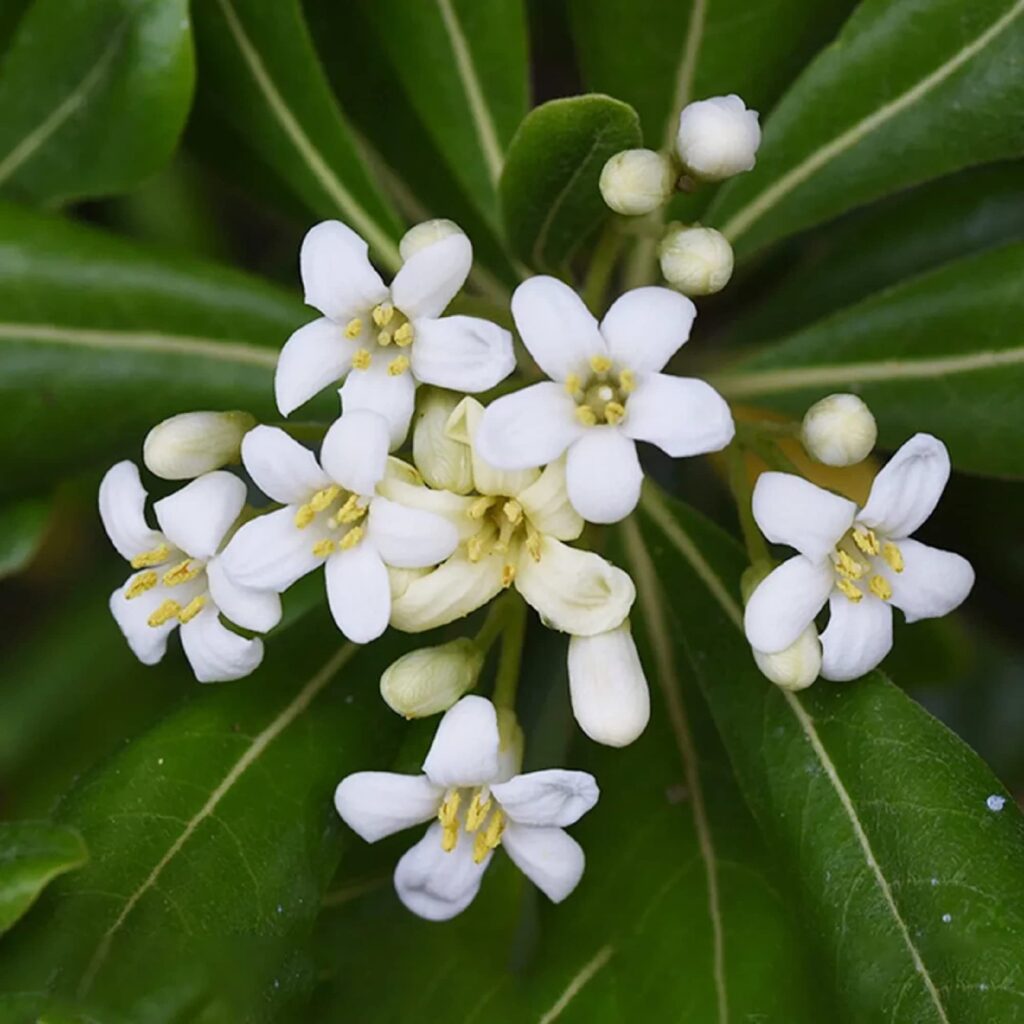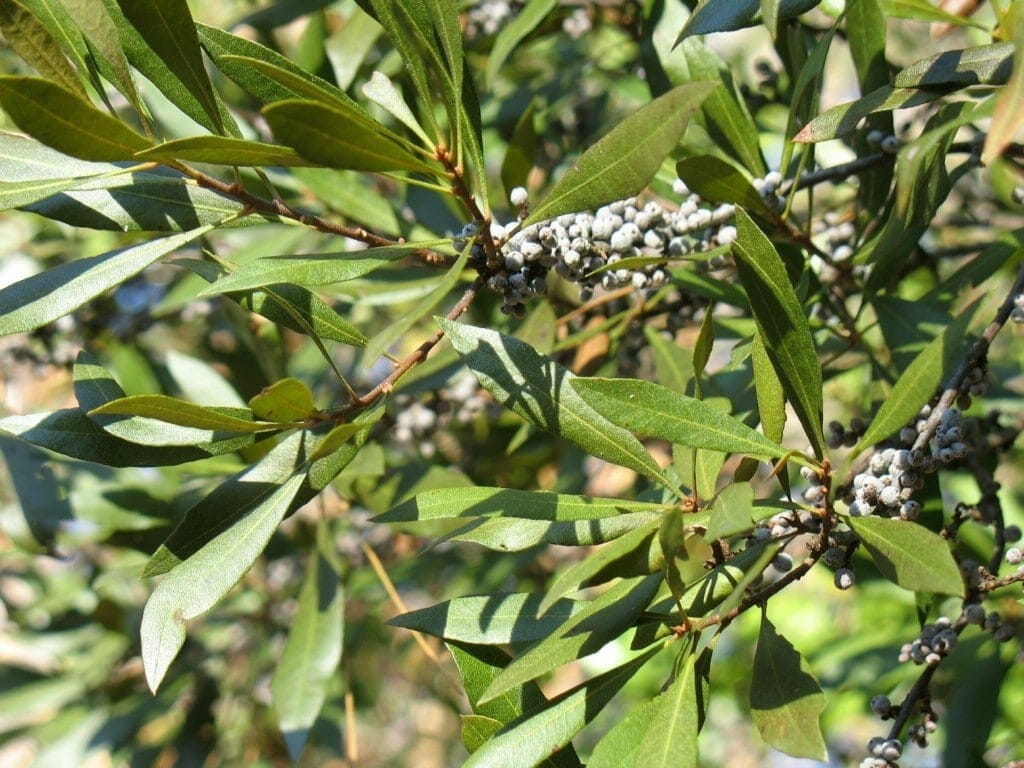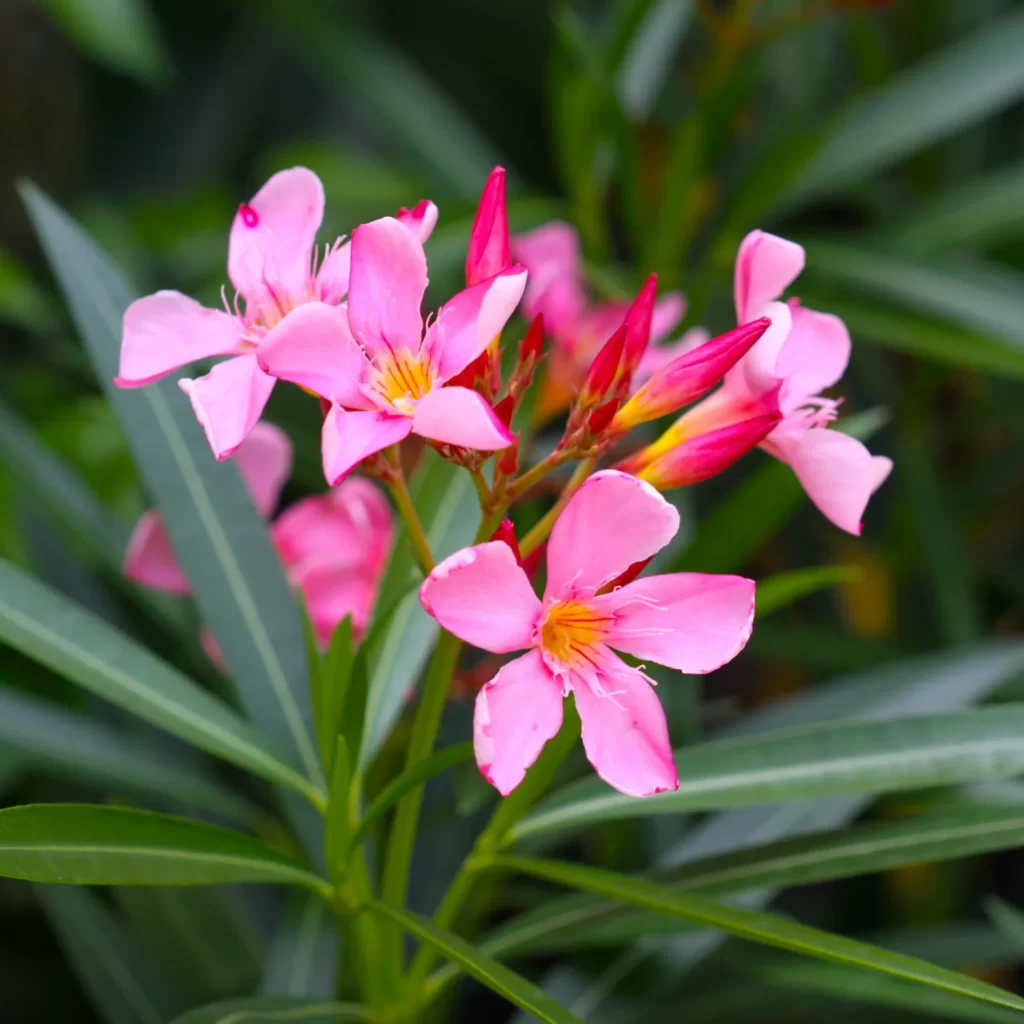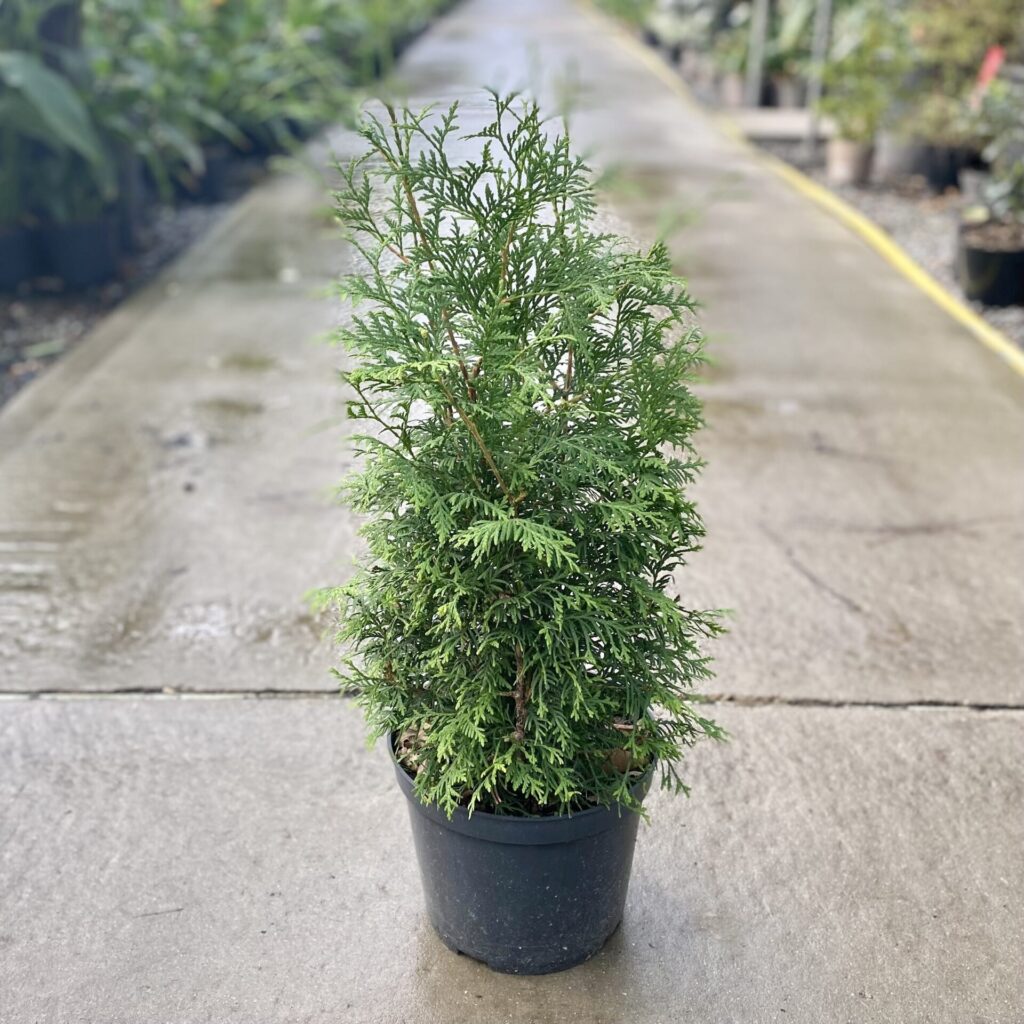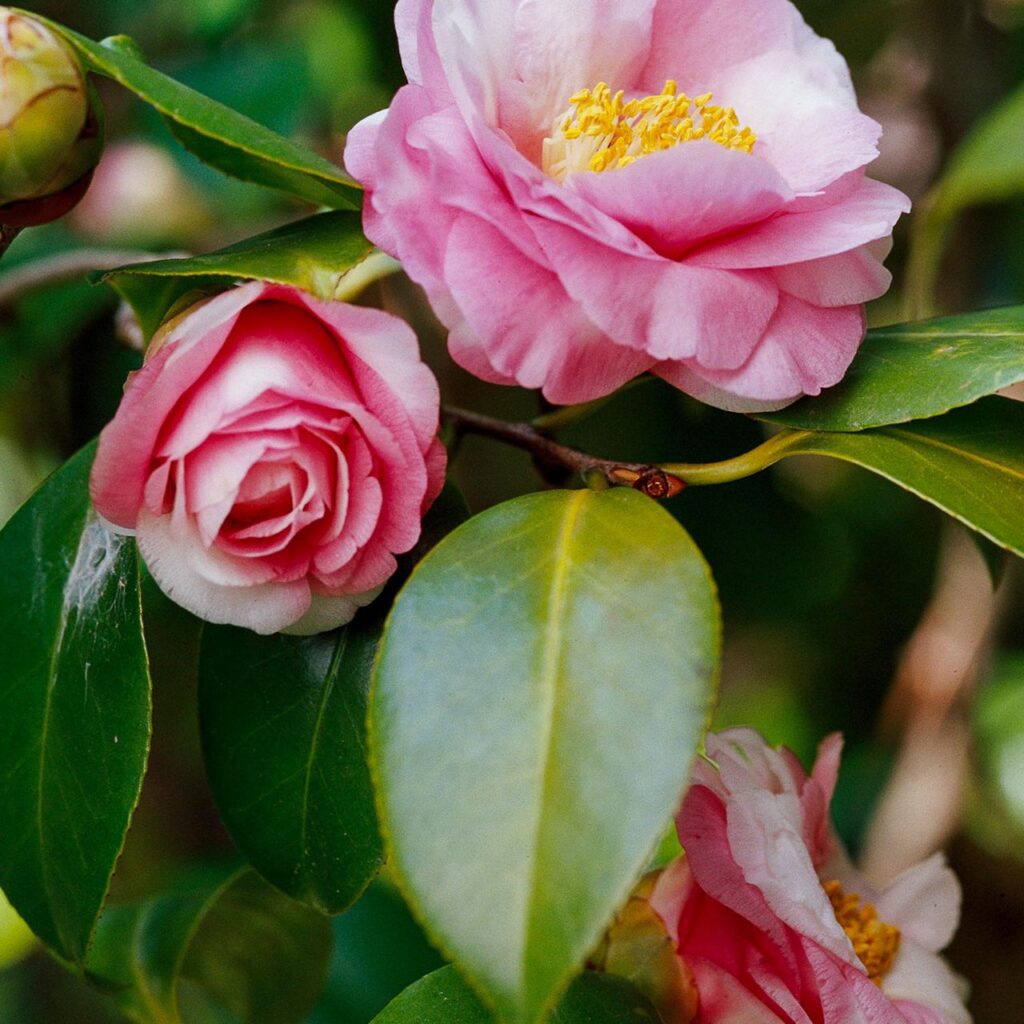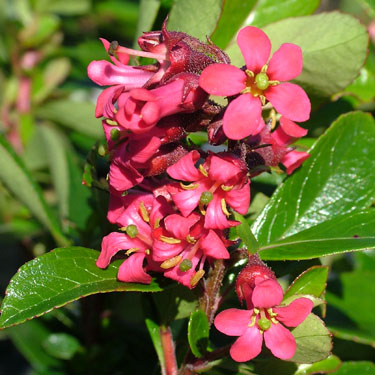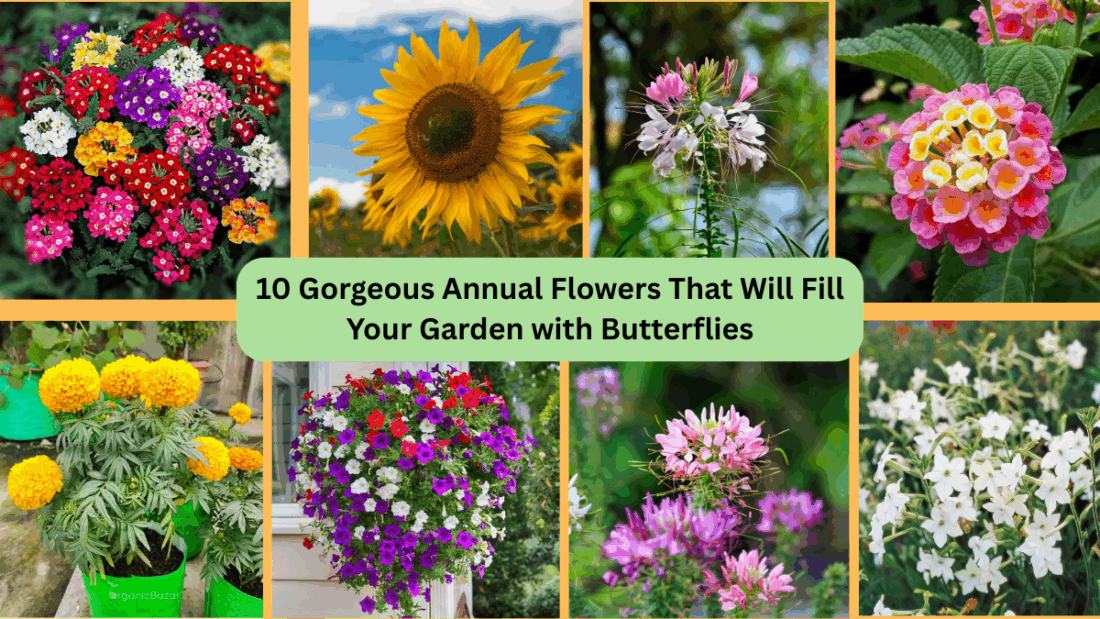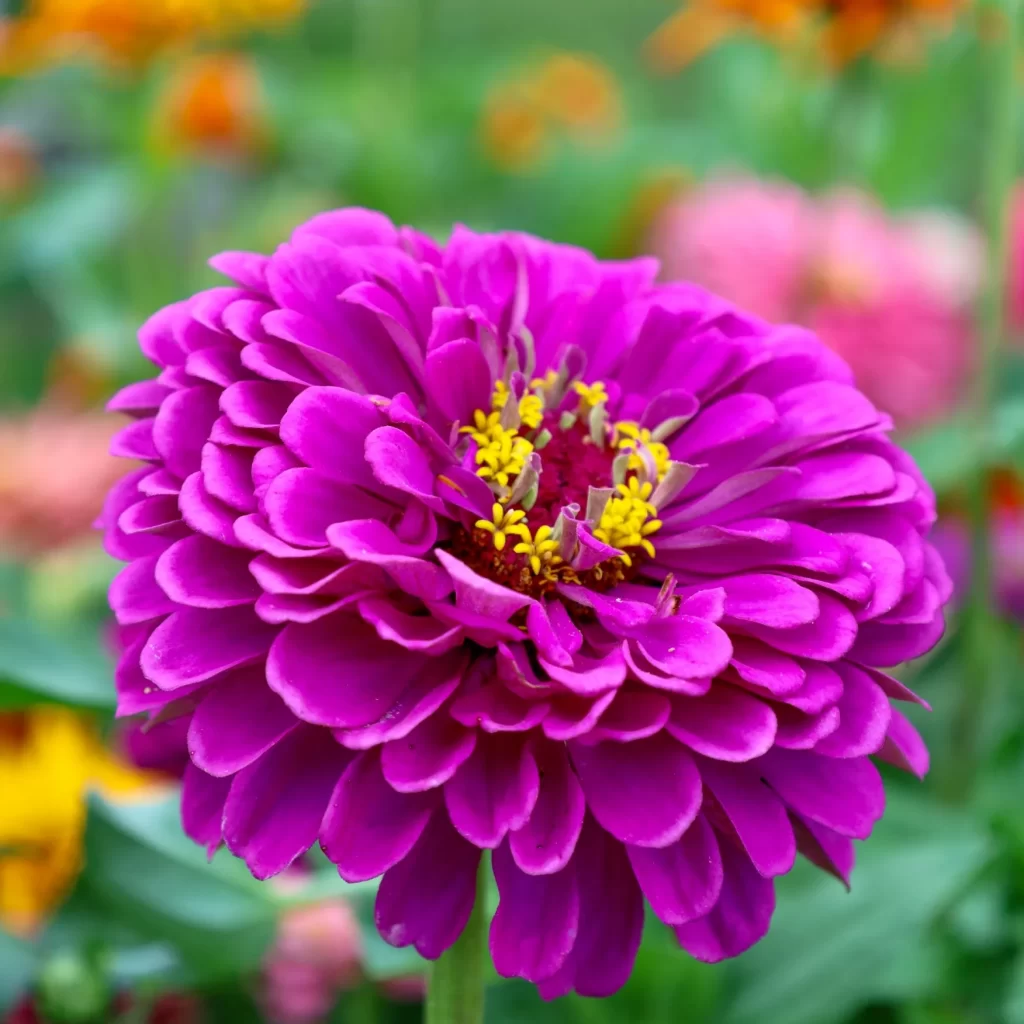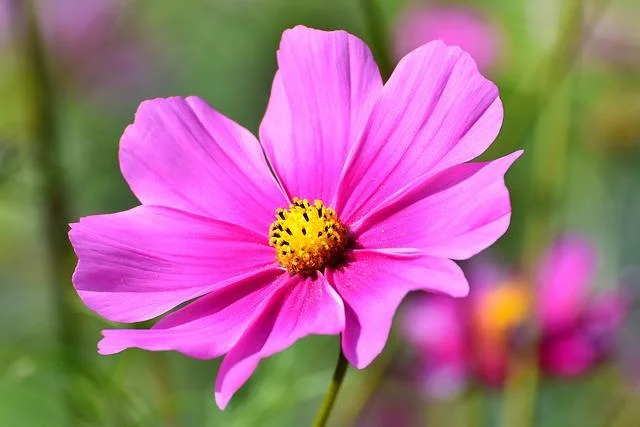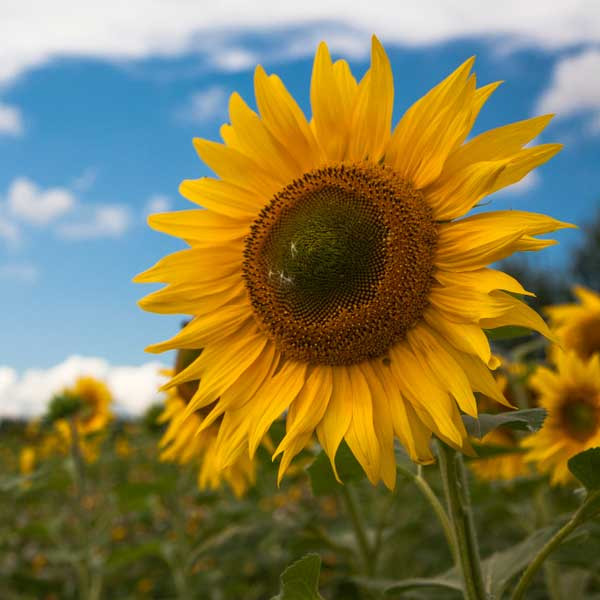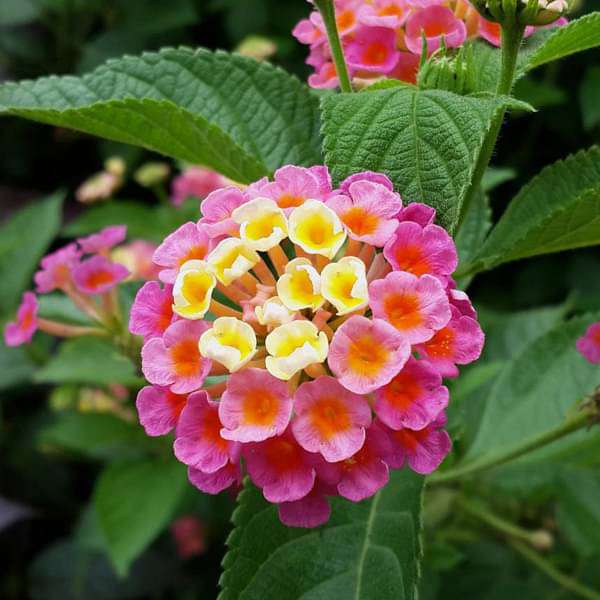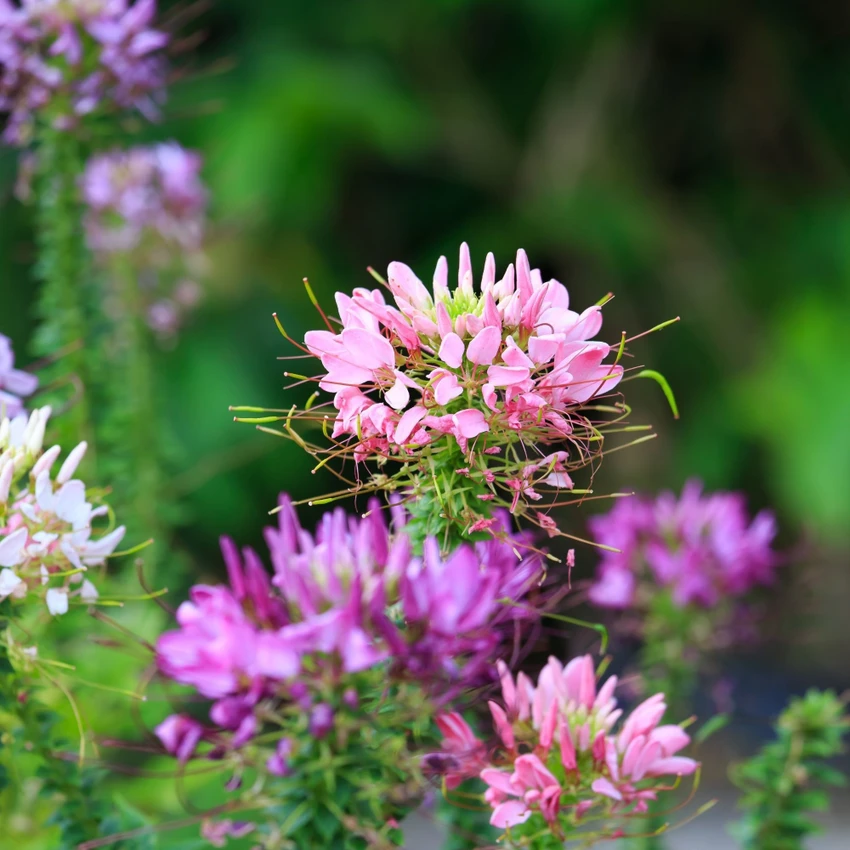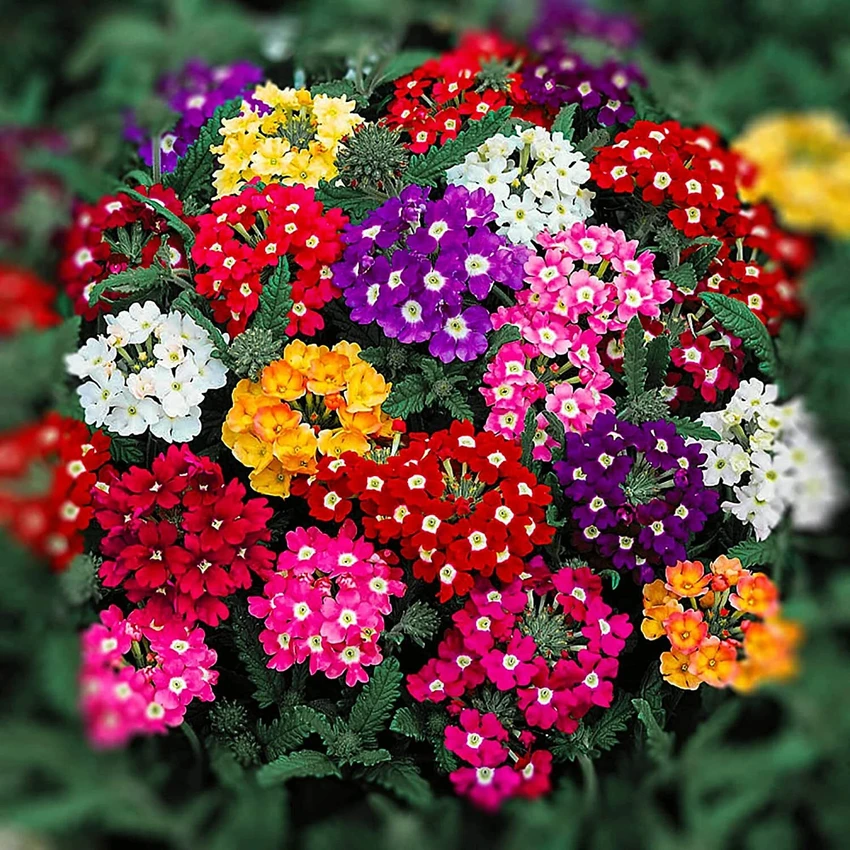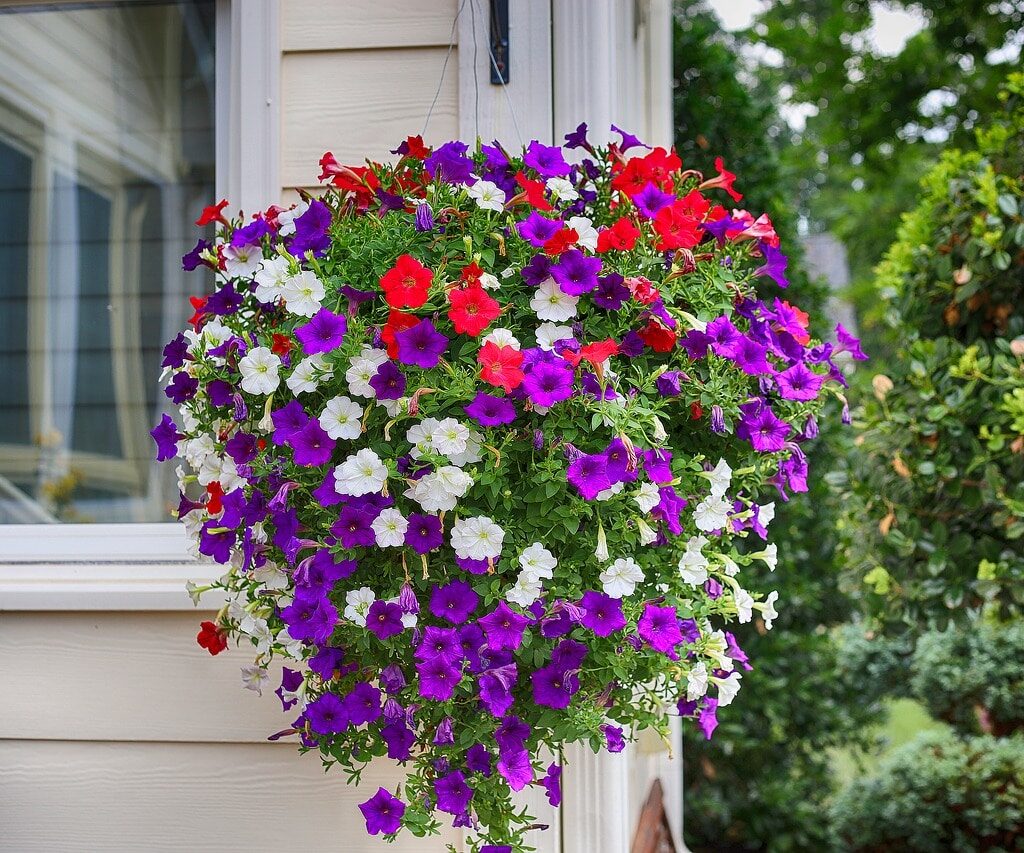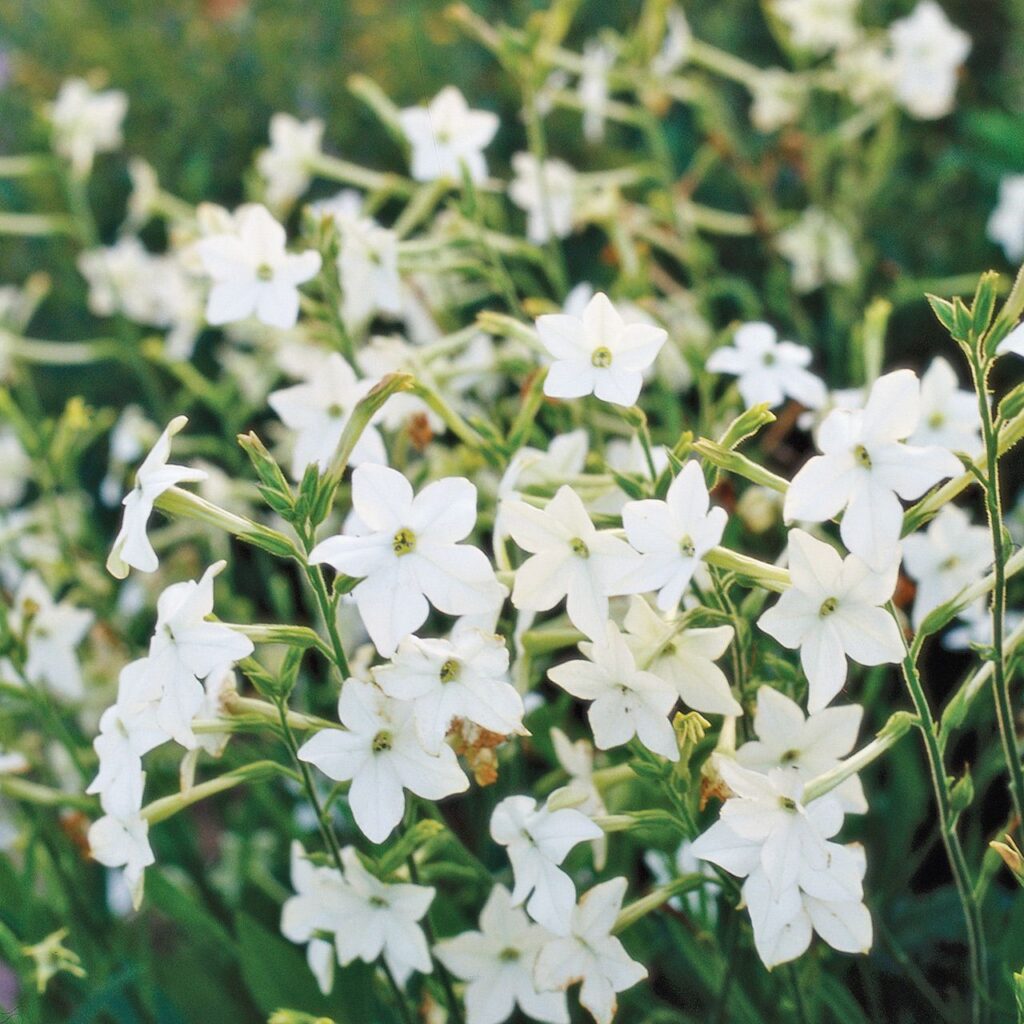Nestled between towering mountains and icy waters, Juneau, Alaska is a nature lover’s paradise where adventure is always just a step away. As the capital city of Alaska, Juneau is famously only accessible by boat or plane, adding to its untouched, remote charm. From epic glacier treks to whale watching, and serene coastal hikes to panoramic mountain views, Juneau offers endless opportunities for outdoor fun and breathtaking scenery. Here are 10 top scenic spots and outdoor activities you won’t want to miss in Juneau, Alaska.
1. Mendenhall Glacier and Nugget Falls

No visit to Juneau is complete without witnessing the incredible Mendenhall Glacier, a 13-mile-long river of ice that stretches from the Juneau Icefield. Easily accessible from downtown, the glacier can be viewed from the visitor center or via one of the many nearby trails. Don’t miss the Nugget Falls Trail, a short and easy hike leading to a powerful waterfall crashing into Mendenhall Lake right beside the glacier. The icy-blue hues and rugged landscape make this one of Alaska’s most photogenic spots.
2. Mount Roberts Tramway and Hiking Trails

For panoramic views of Juneau, the Gastineau Channel, and the lush Tongass National Forest, hop on the Mount Roberts Tramway. The tram ascends 1,800 feet in just six minutes, dropping you at the Mountain House where you’ll find scenic overlooks, a nature center, and the start of several alpine hiking trails. The Mount Roberts Trail is a favorite for those looking to stretch their legs while enjoying sweeping views, alpine meadows, and potential sightings of bald eagles and mountain goats.
3. Whale Watching in Auke Bay

Juneau is one of the best places in the world to witness humpback whales in their natural habitat. From April to September, humpbacks migrate to the rich feeding grounds of Auke Bay. Join a whale-watching tour for the chance to see these magnificent creatures breach, tail-slap, and bubble-net feed. Many tours also encounter orcas, sea lions, porpoises, and bald eagles along the way. The towering mountains and glacier views from the water add extra magic to this unforgettable wildlife experience.
4. Glacier Gardens Rainforest Adventure
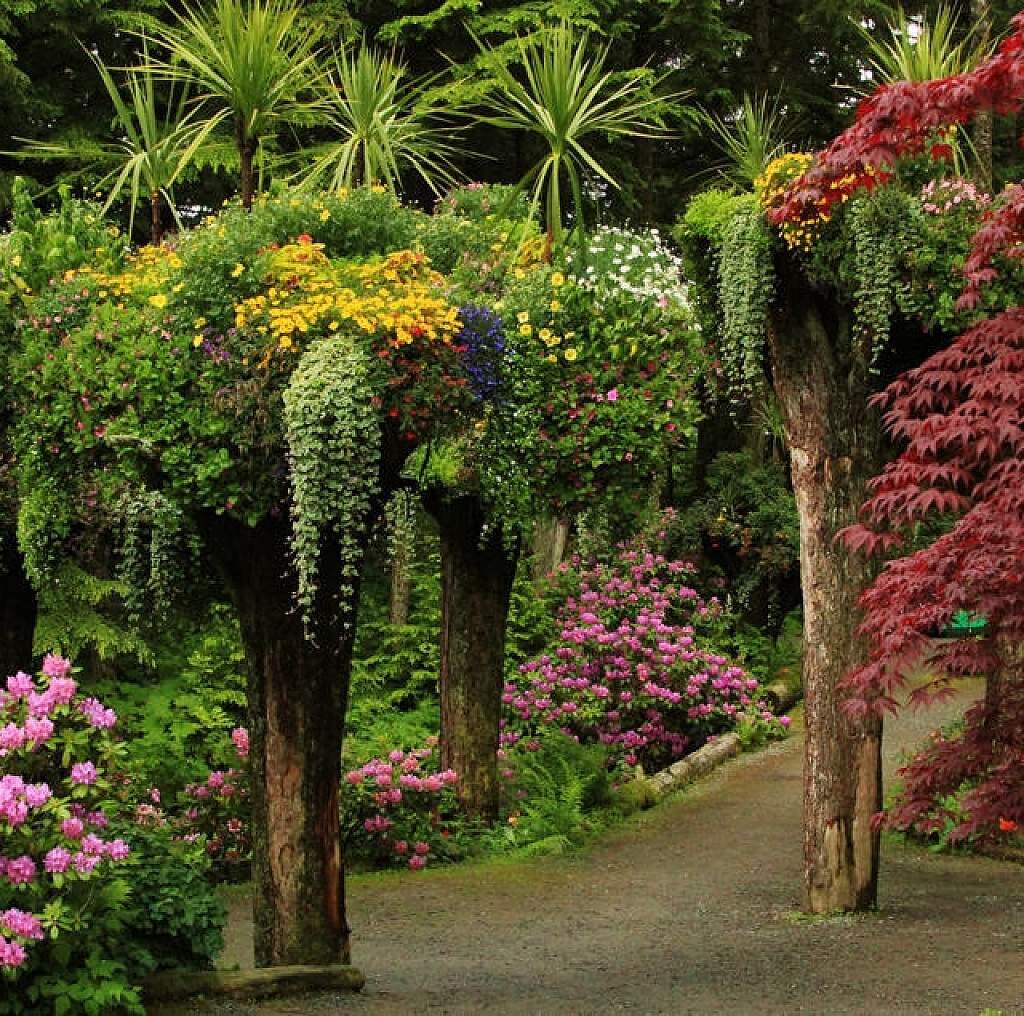
A unique twist on a botanical garden, Glacier Gardens Rainforest Adventure is a stunning display of hanging flower towers and beautifully landscaped grounds set within Alaska’s temperate rainforest. Guided tours whisk visitors up the hillside in covered carts, where you’ll learn about the Tongass National Forest’s ecosystem and the history of these one-of-a-kind gardens. At the top, you’ll be treated to one of Juneau’s best panoramic viewpoints overlooking the Gastineau Channel, downtown Juneau, and the Chilkat Mountains beyond.
5. Kayaking on Mendenhall Lake

For a closer, more personal view of Mendenhall Glacier, rent a kayak or join a guided paddling tour on Mendenhall Lake. Glide across the calm, icy waters with icebergs floating nearby and the glacier’s icy face towering in the distance. Experienced guides often lead you near Nugget Falls and to safe vantage points by the glacier’s edge. It’s a serene and thrilling way to experience Juneau’s wild, glacial landscapes, with opportunities to spot beavers, eagles, and maybe even black bears along the shoreline.
6. Perseverance Trail

A local favorite, Perseverance Trail is a scenic, moderately challenging hike that winds through lush forests, past waterfalls, and alongside a rushing creek. This historic gold mining trail offers glimpses of abandoned mine shafts and relics from Juneau’s gold rush days. At around 3 miles one-way, hikers are rewarded with serene forest views, mountain backdrops, and occasional wildlife sightings. The trail connects with other scenic routes like the Mount Juneau Trail for those seeking an even bigger adventure.
7. Admiralty Island National Monument
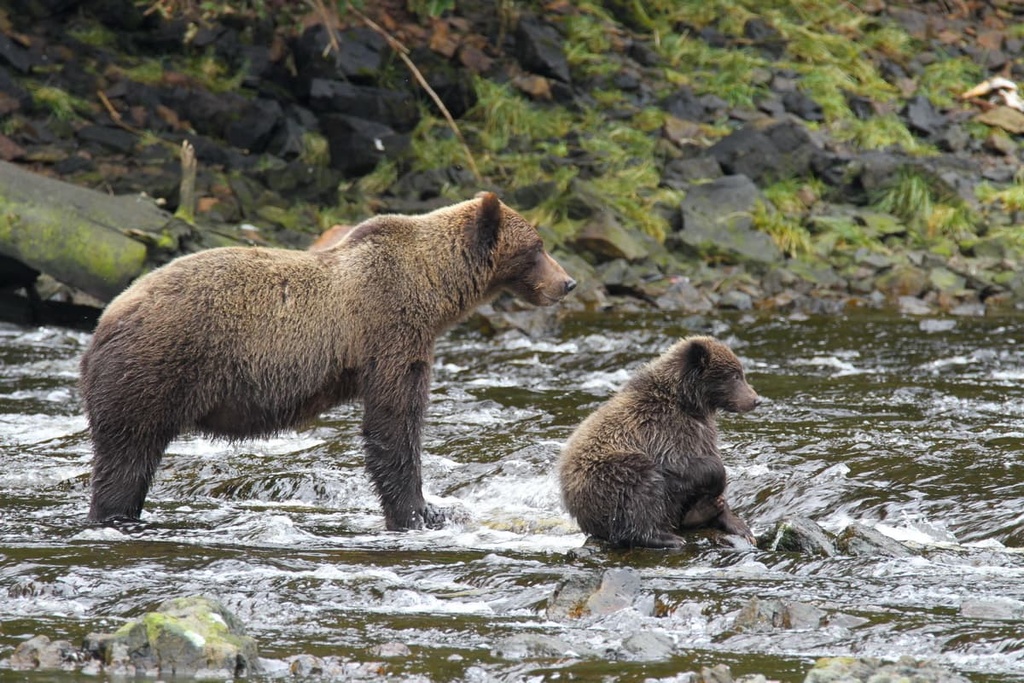
Just a short floatplane ride from Juneau lies Admiralty Island National Monument, home to one of the highest densities of brown bears in the world. Known to the Indigenous Tlingit people as Kootznoowoo (“Fortress of the Bears”), this wild paradise offers pristine wilderness, old-growth rainforests, and crystal-clear lakes. Join a guided tour to Pack Creek Bear Viewing Area to safely observe bears fishing for salmon in their natural environment an unforgettable Alaskan wilderness experience for any wildlife enthusiast.
8. Eaglecrest Ski Area (Year-Round Fun)

While best known as Juneau’s community ski hill during winter, Eaglecrest Ski Area transforms into a playground for hikers, mountain bikers, and berry pickers in the warmer months. With over 640 acres of varied terrain, visitors can hike through alpine meadows, enjoy panoramic mountain views, or pick wild blueberries in late summer. The area’s peaceful trails are less crowded than other Juneau hotspots, making it a perfect spot for those seeking serenity and scenic beauty just a short drive from downtown.
9. Goldbelt Tramway Sunset Ride

Though the Mount Roberts Tramway is well-loved for daytime excursions, it’s equally spectacular at sunset. Ride up in the evening hours for a front-row seat to watch the sun dip behind the jagged peaks of the Coastal Mountains, bathing Juneau and the Gastineau Channel in a golden glow. Bring a camera, order a glass of wine at the Timberline Bar & Grill, and soak up one of the most romantic and photo-worthy experiences in all of Southeast Alaska.
10. Treadwell Mine Historic Trail

History buffs and nature lovers alike will enjoy exploring the Treadwell Mine Historic Trail on Douglas Island, just across the Gastineau Channel from downtown Juneau. This easy, scenic walking trail winds through the ruins of what was once the world’s largest gold mine in the early 1900s. Interpretive signs along the way tell the story of Treadwell’s heyday, while the lush forest setting, waterfront views, and remaining structures like the old pumphouse and mine shafts offer a fascinating glimpse into Juneau’s gold rush history.


